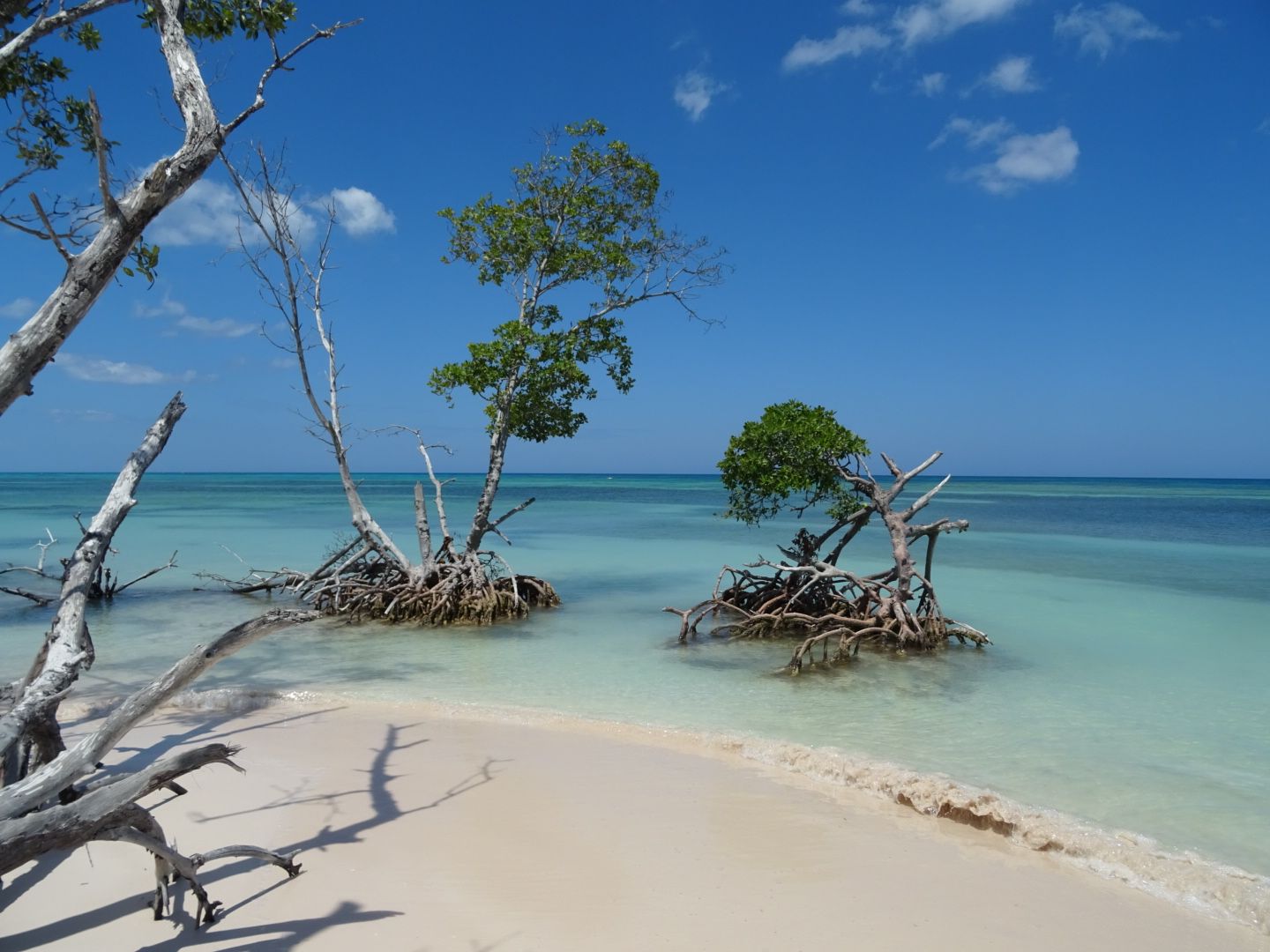New Zealand, the North Island
Rakabudiswa: 30.01.2023
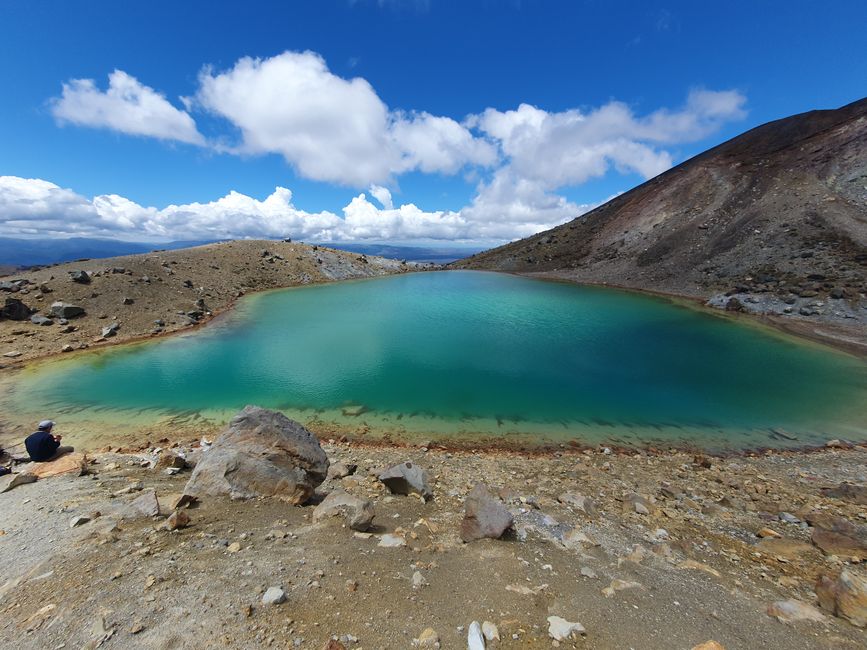
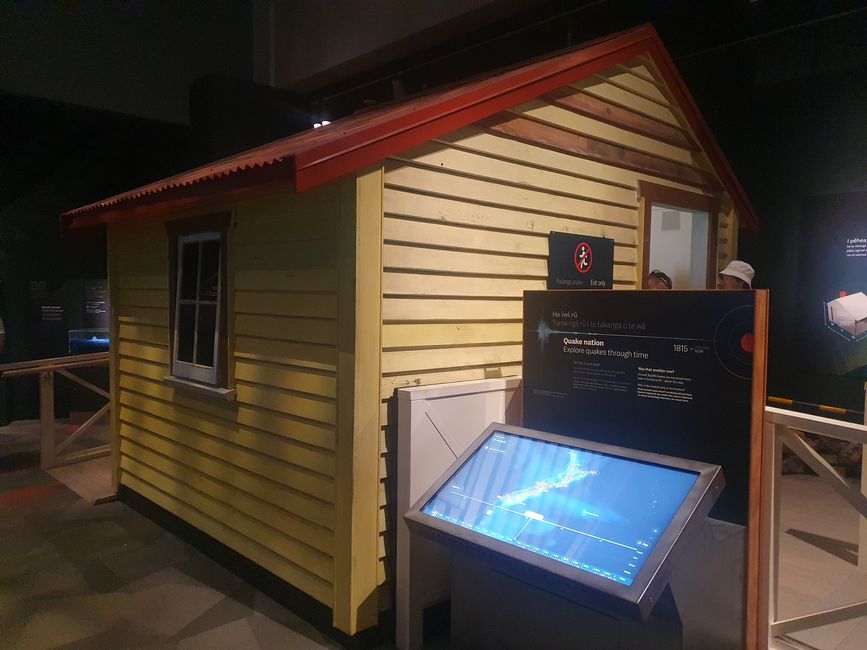
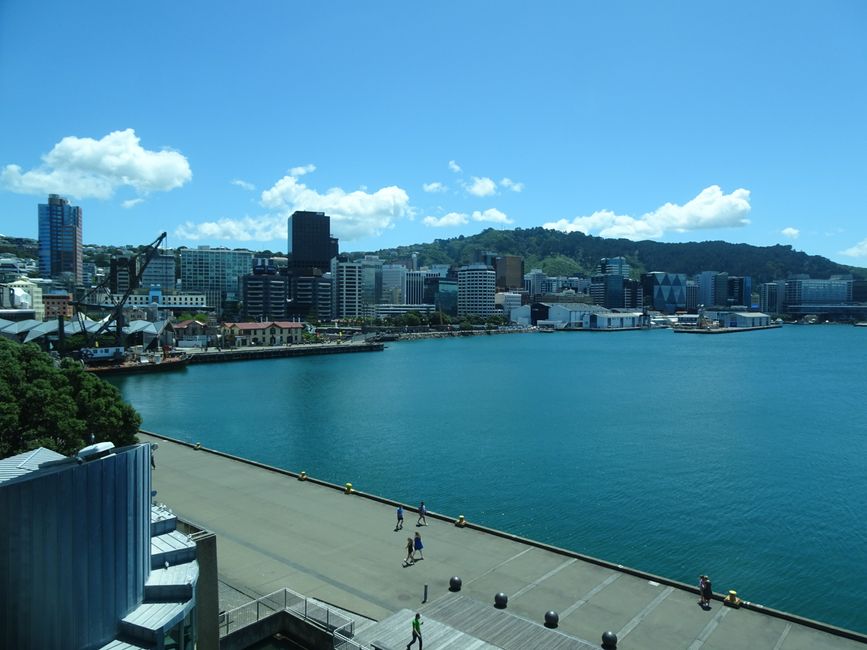
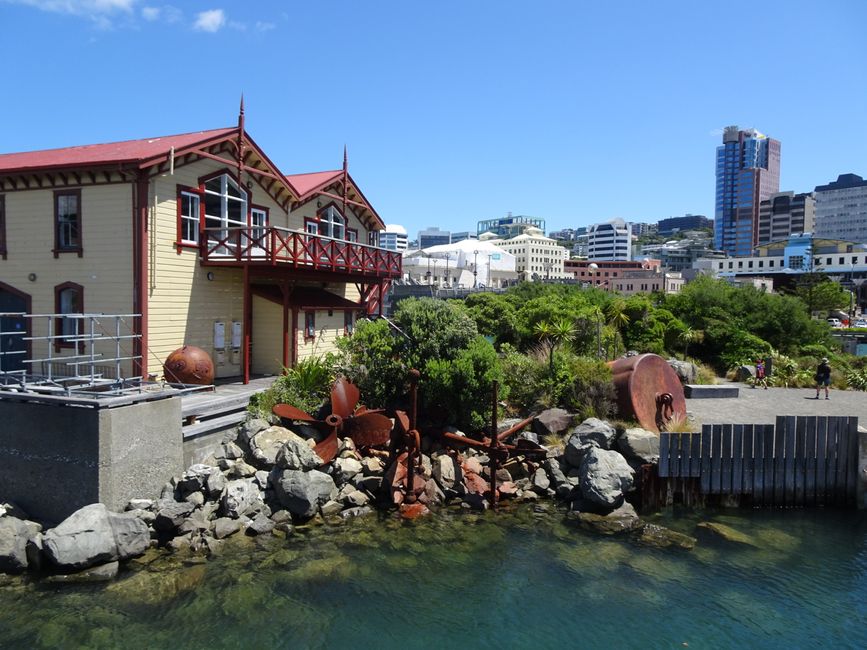
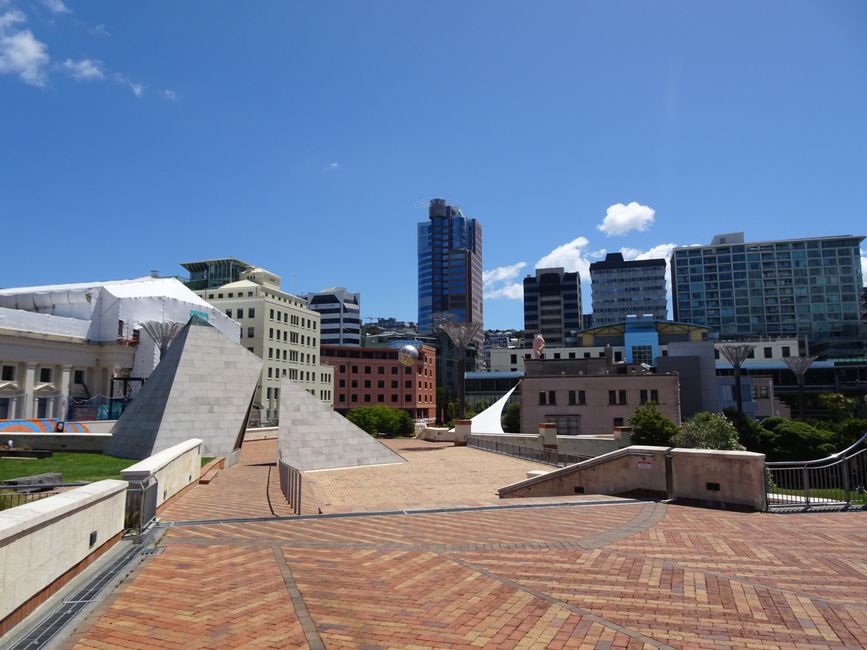
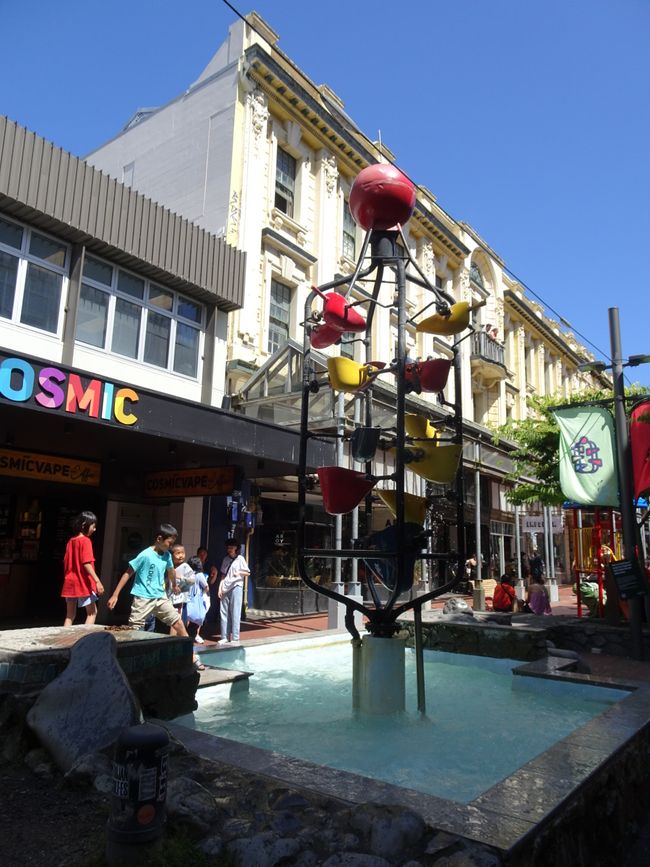
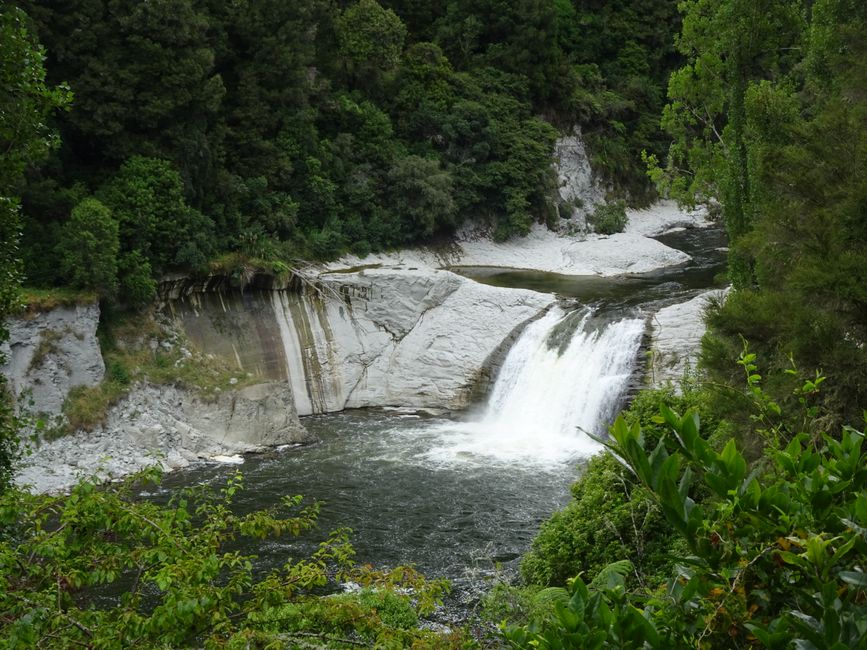
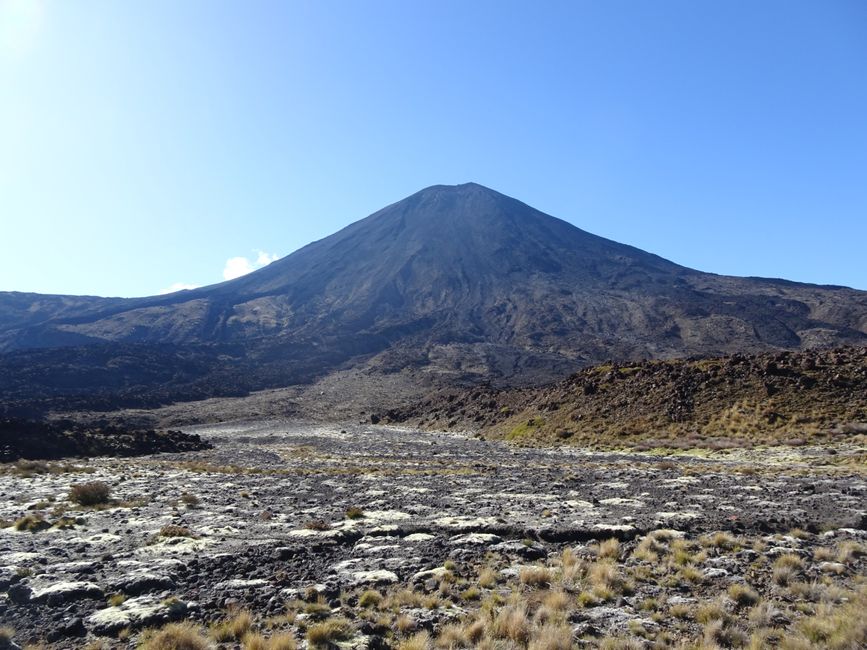
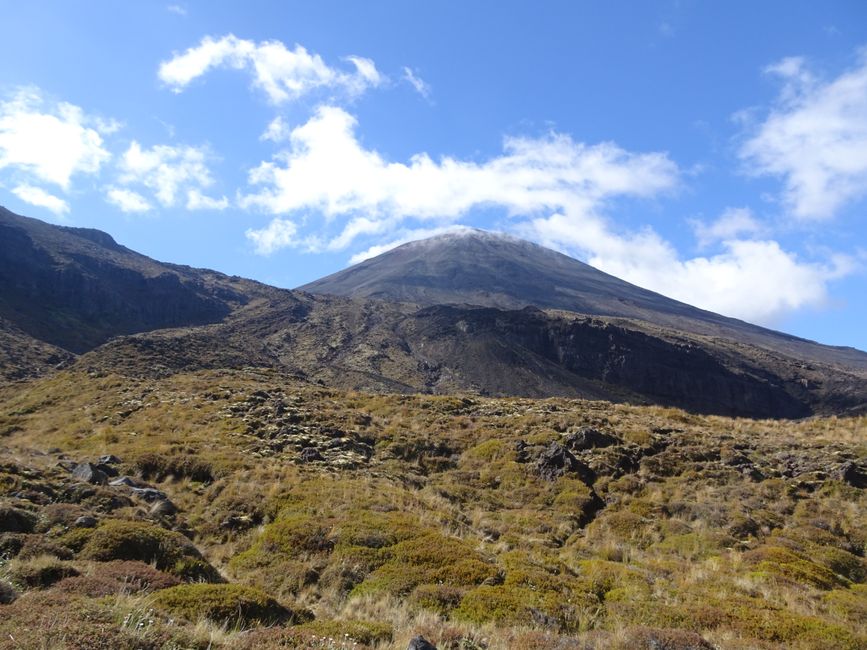
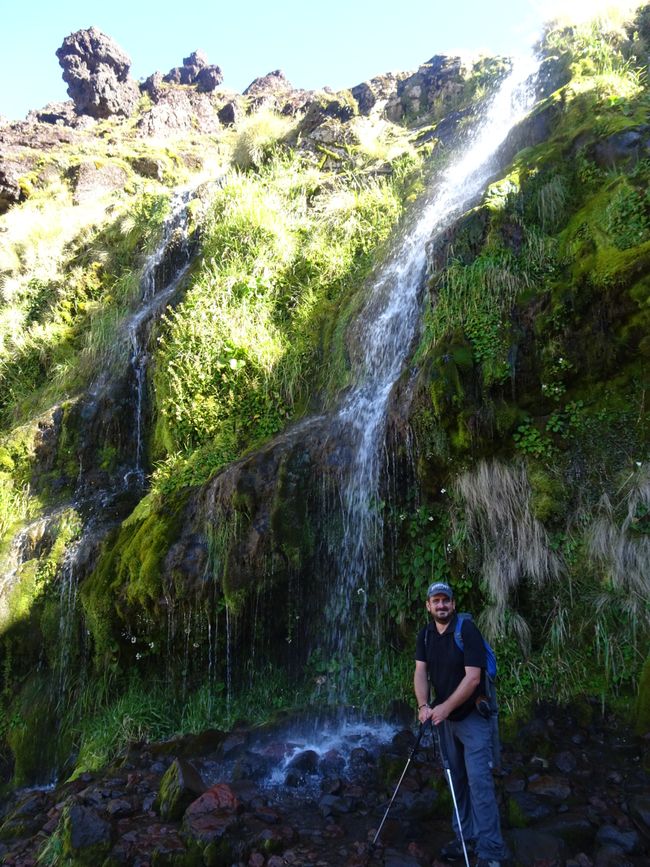
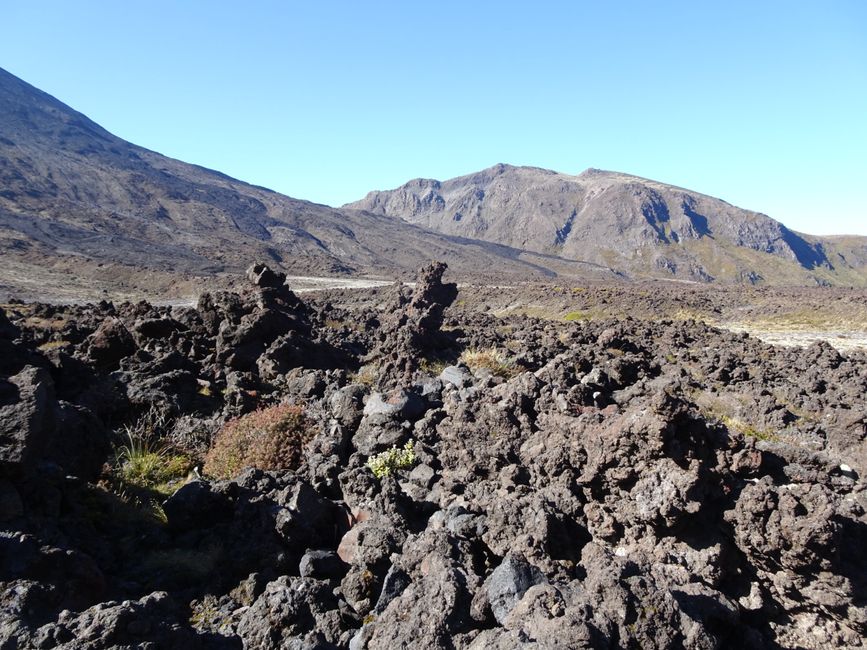
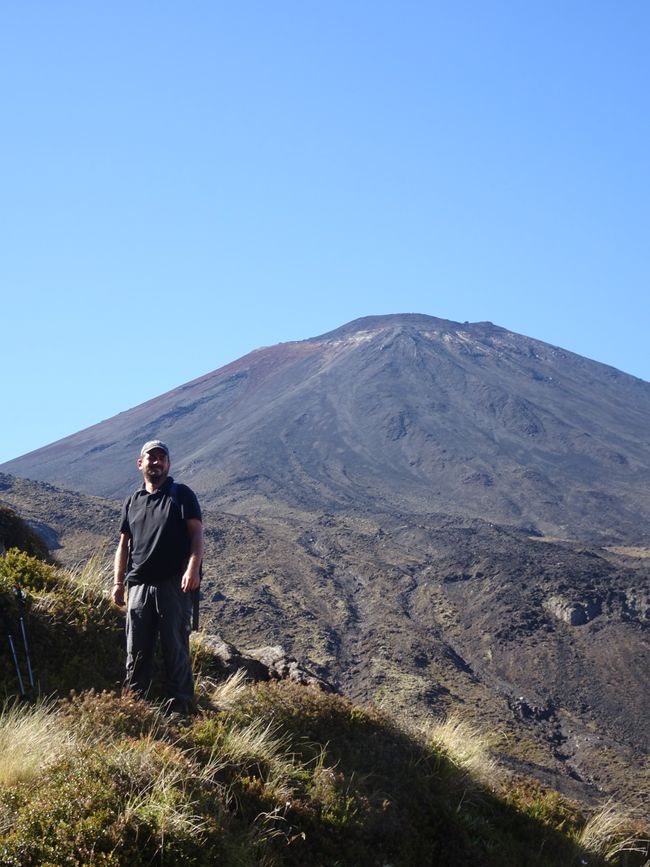
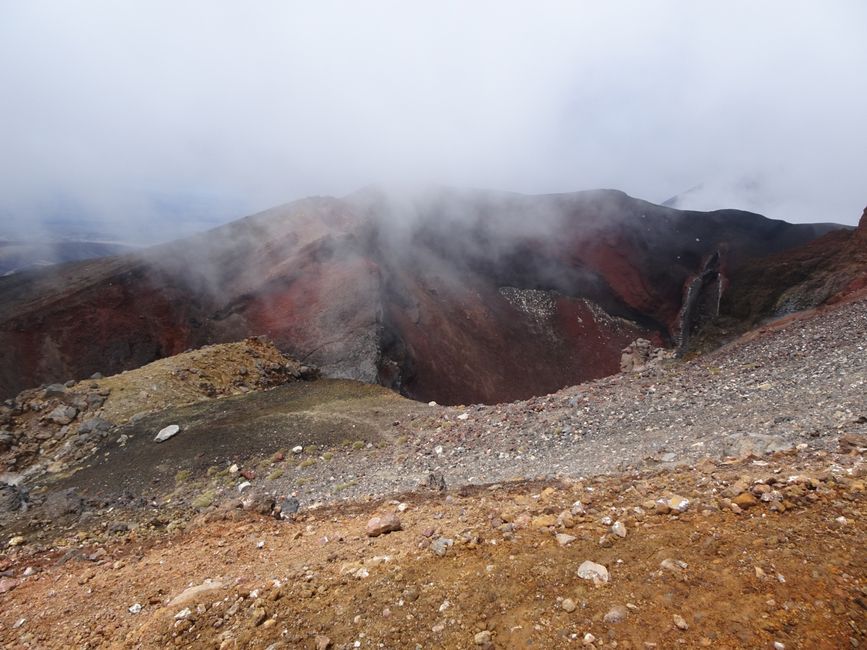
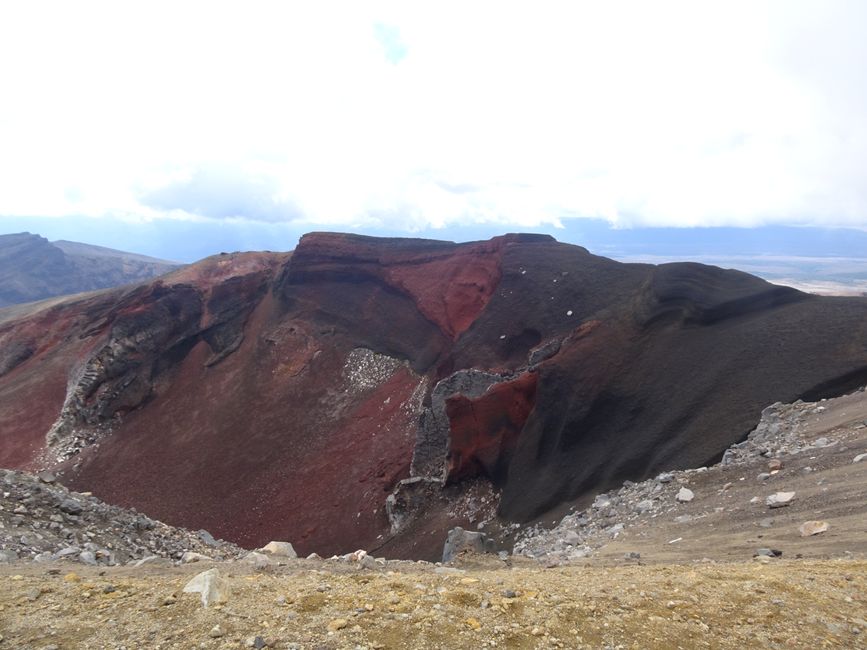
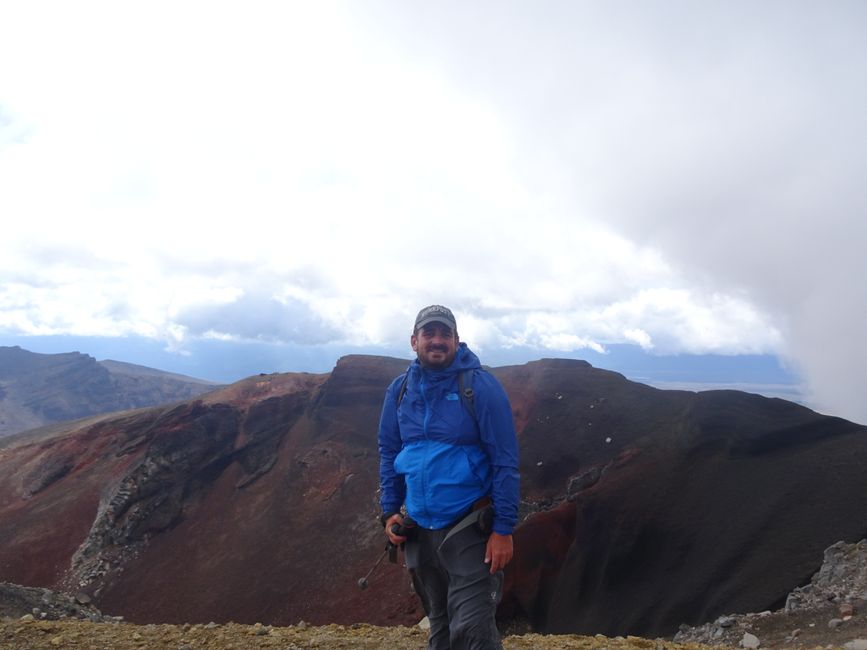
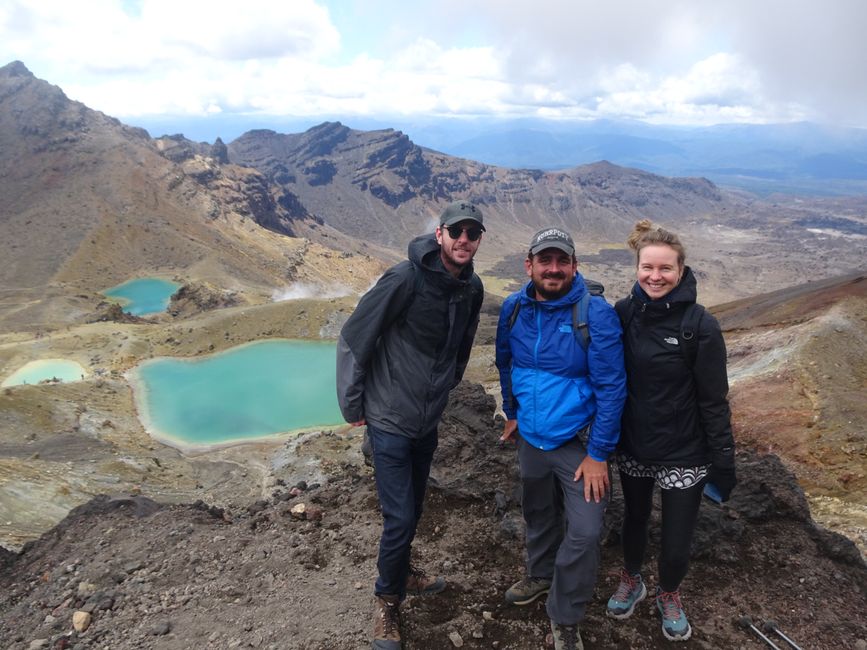
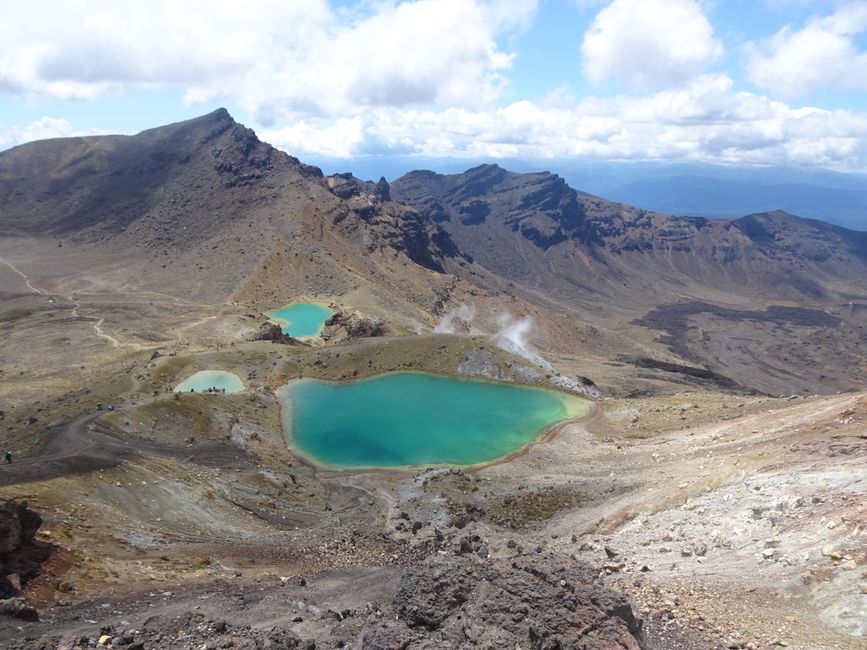
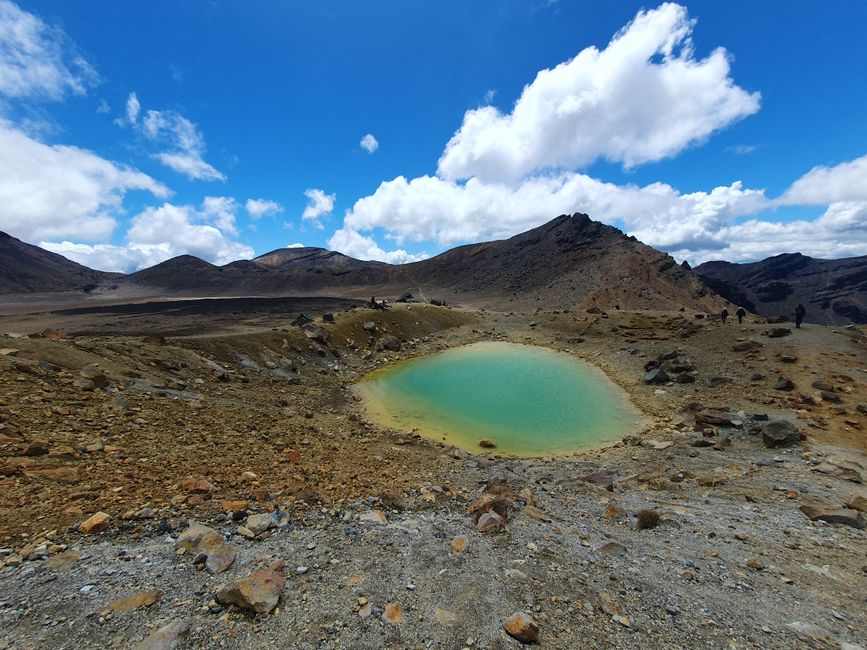
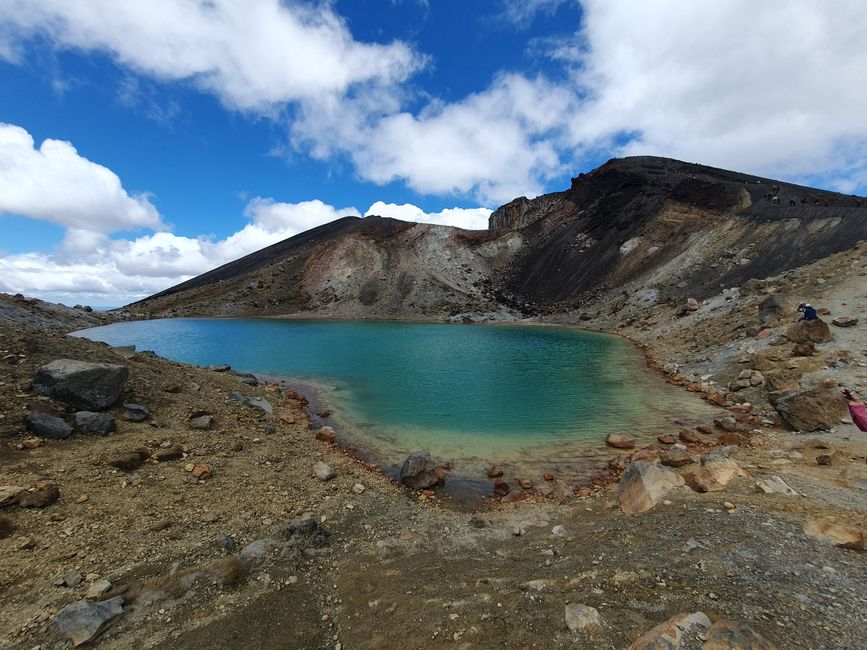
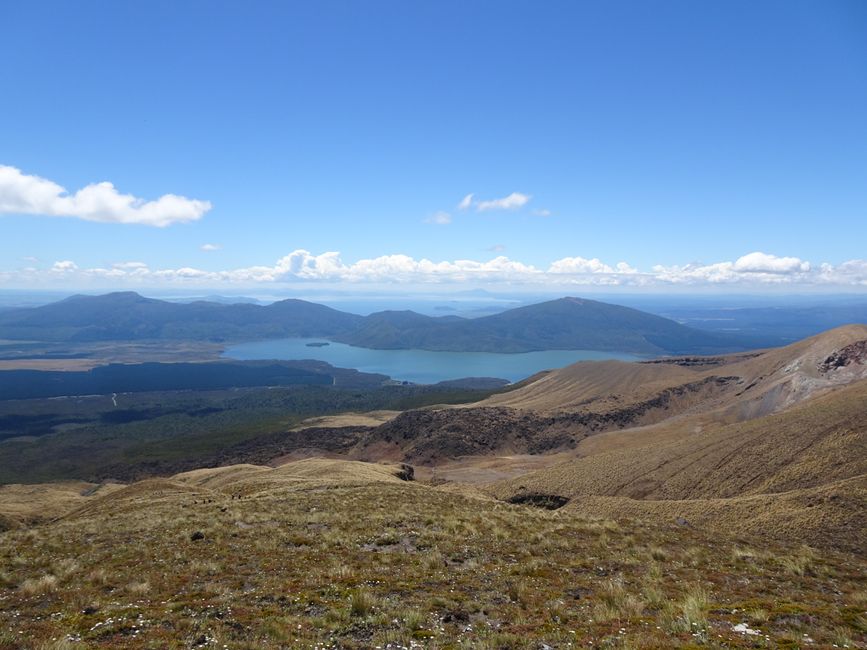
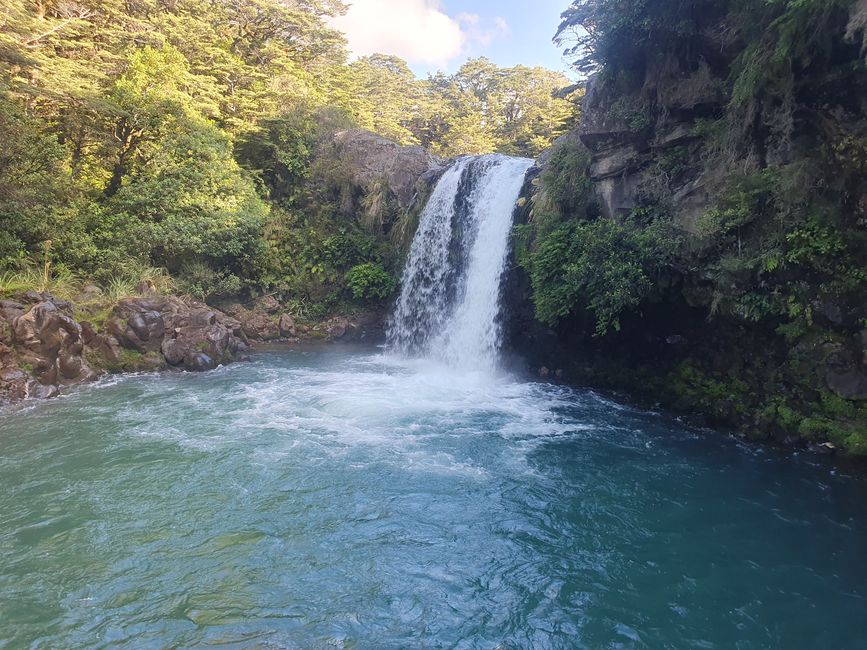
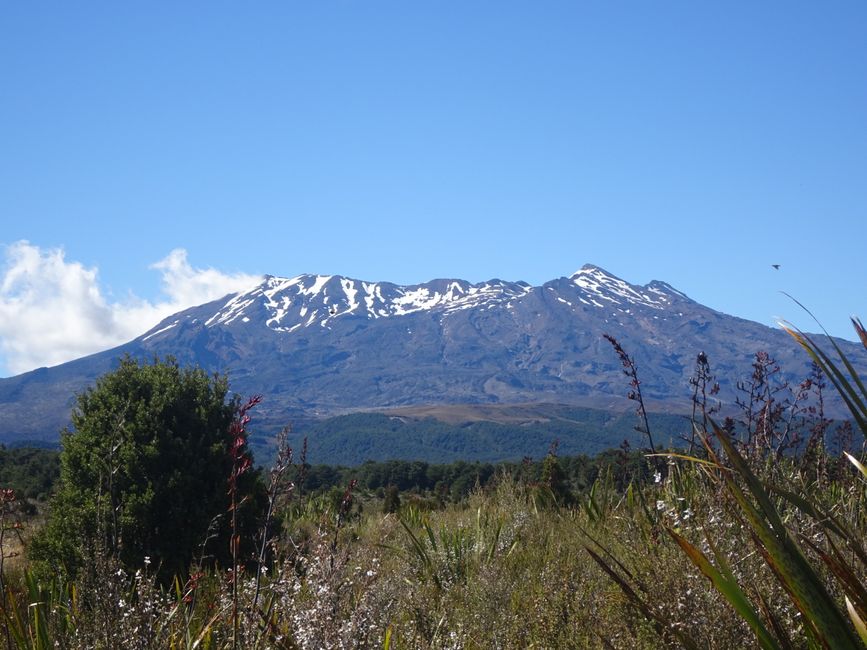
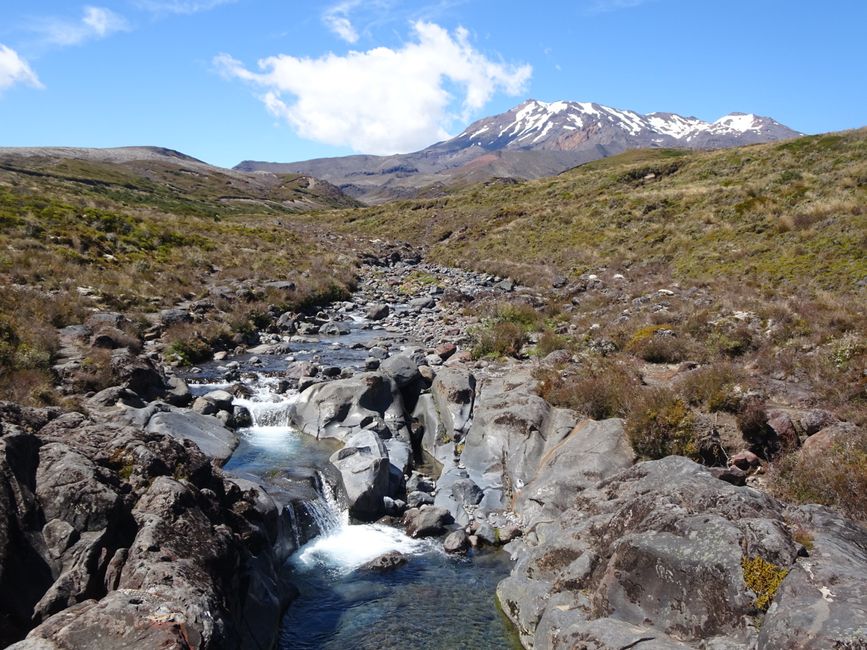
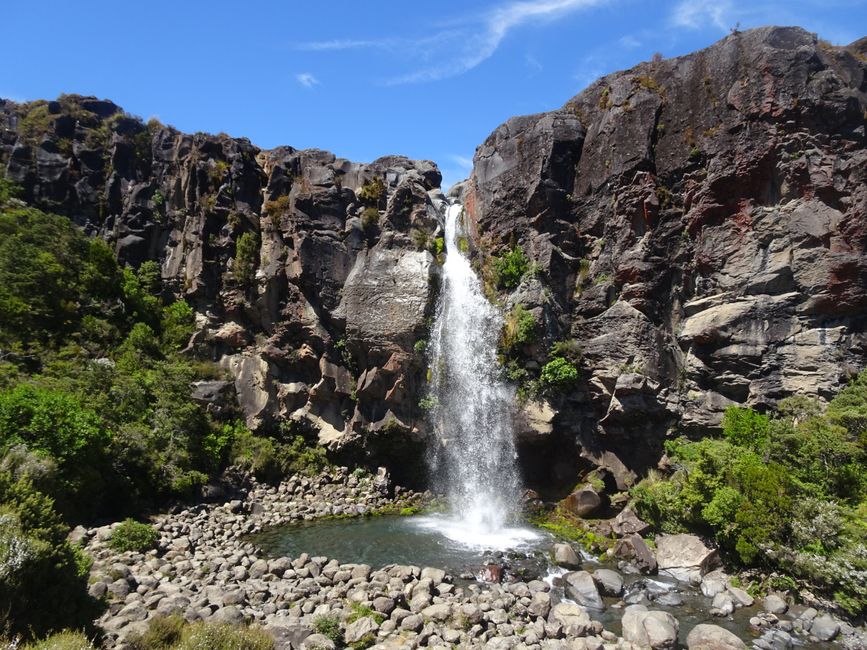
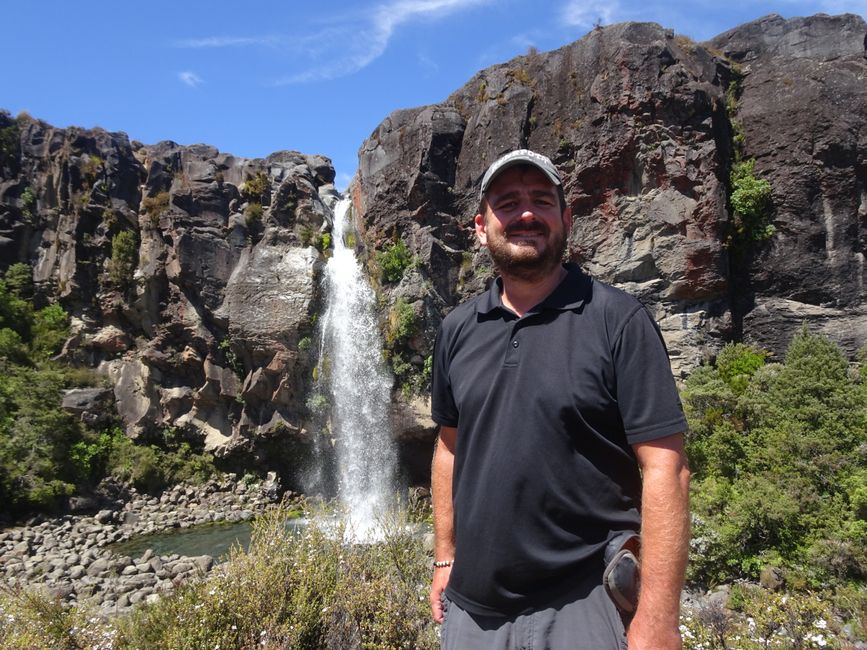
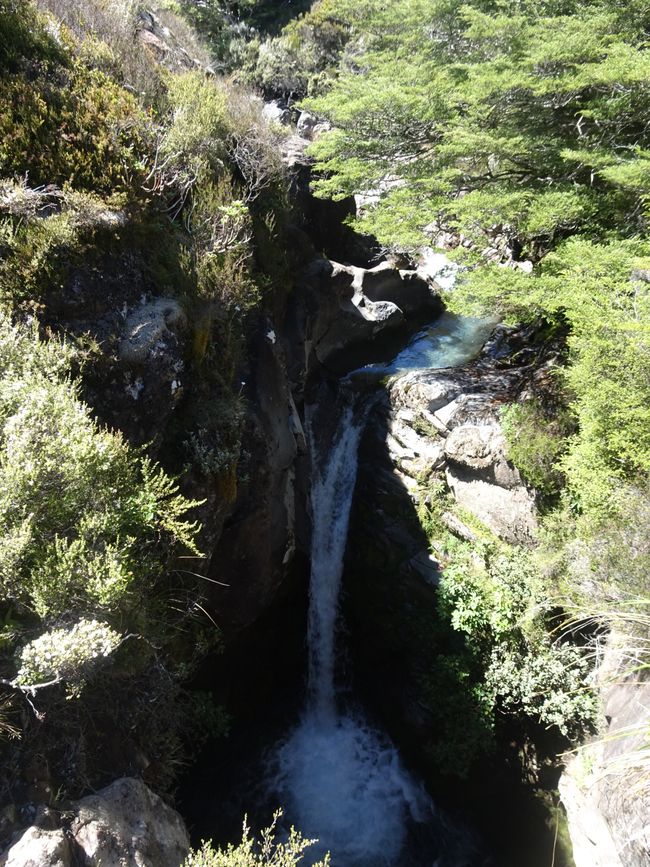
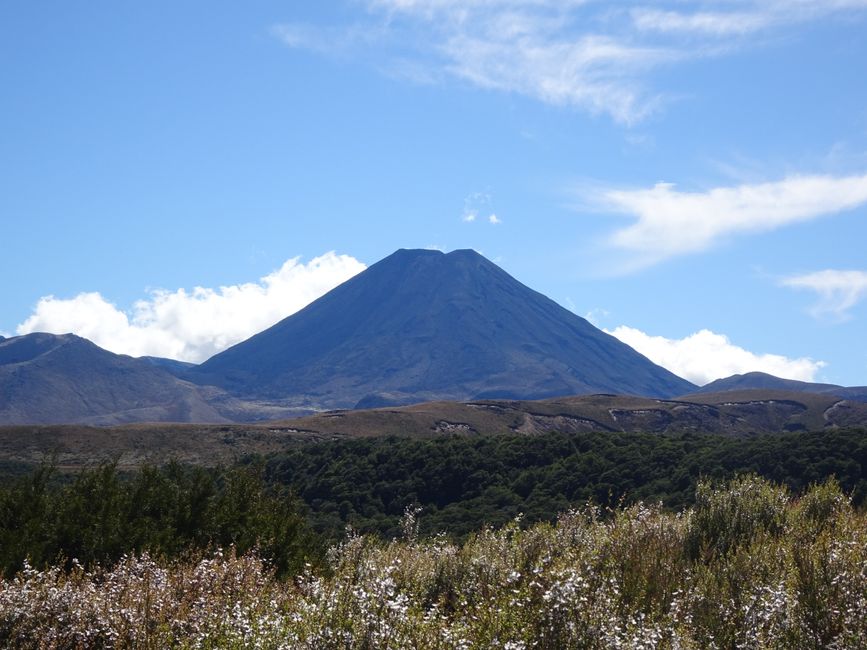
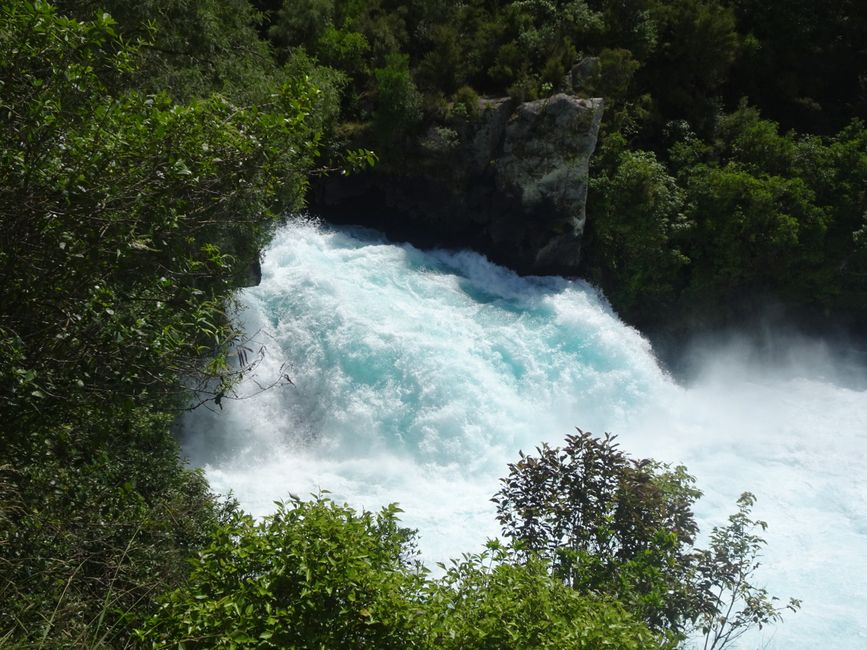
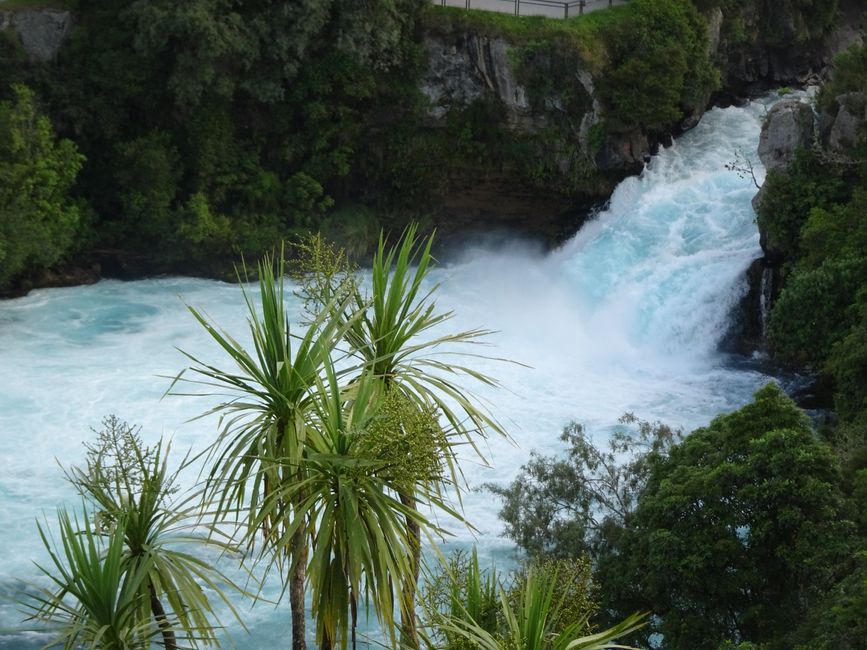
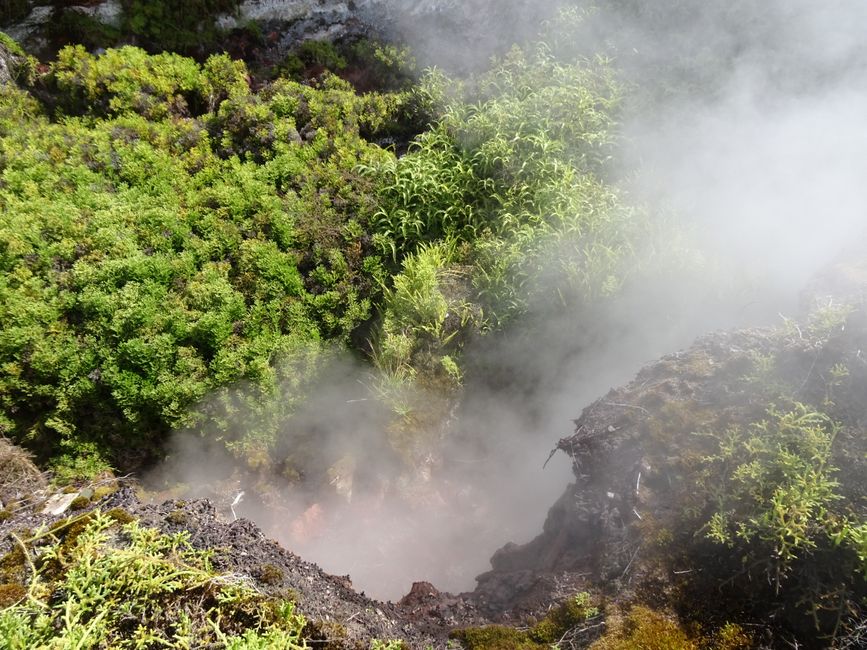
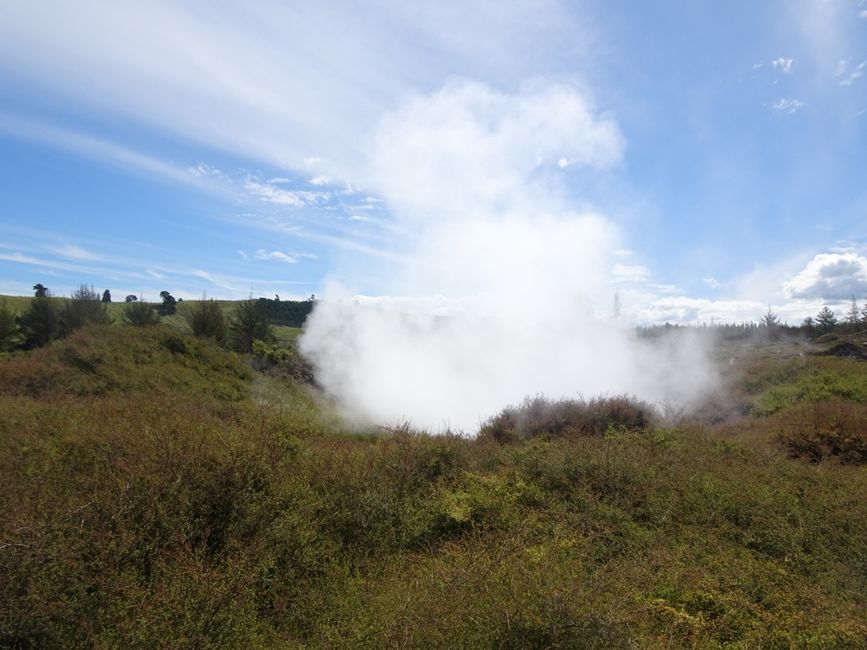
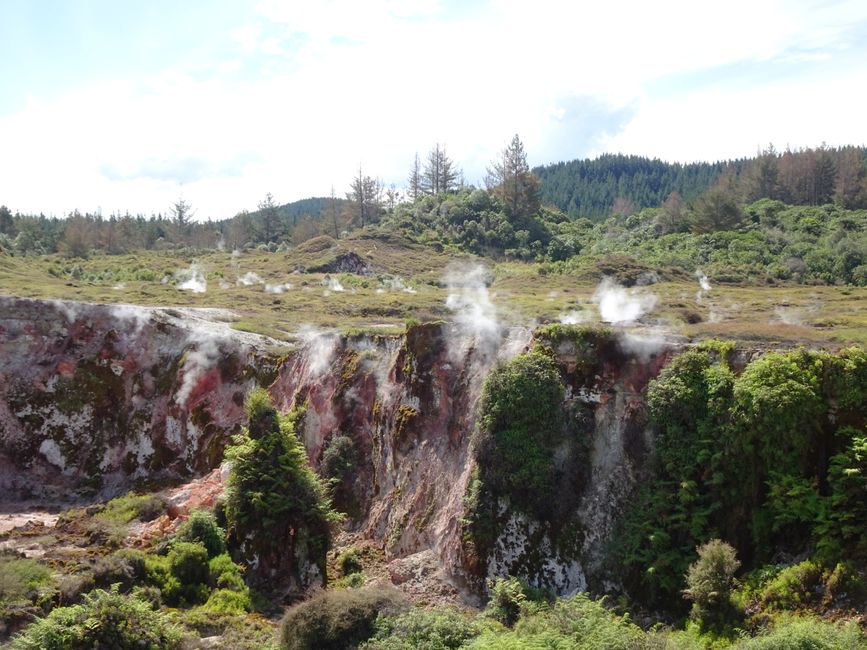
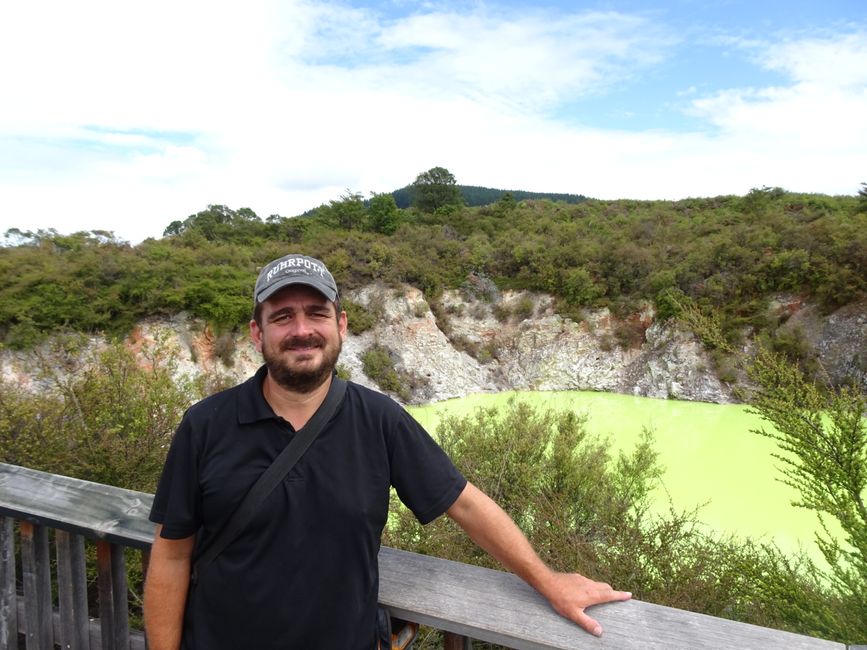
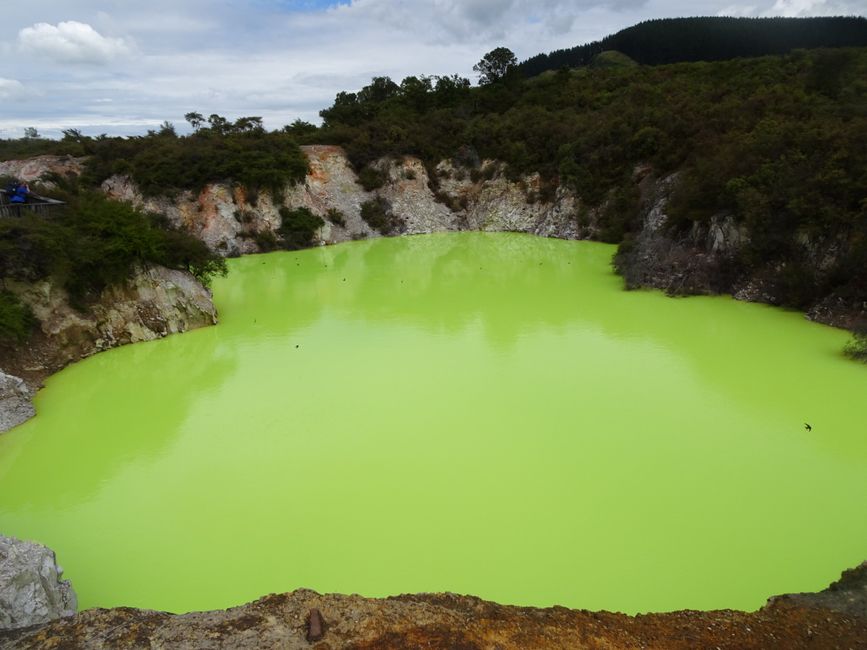
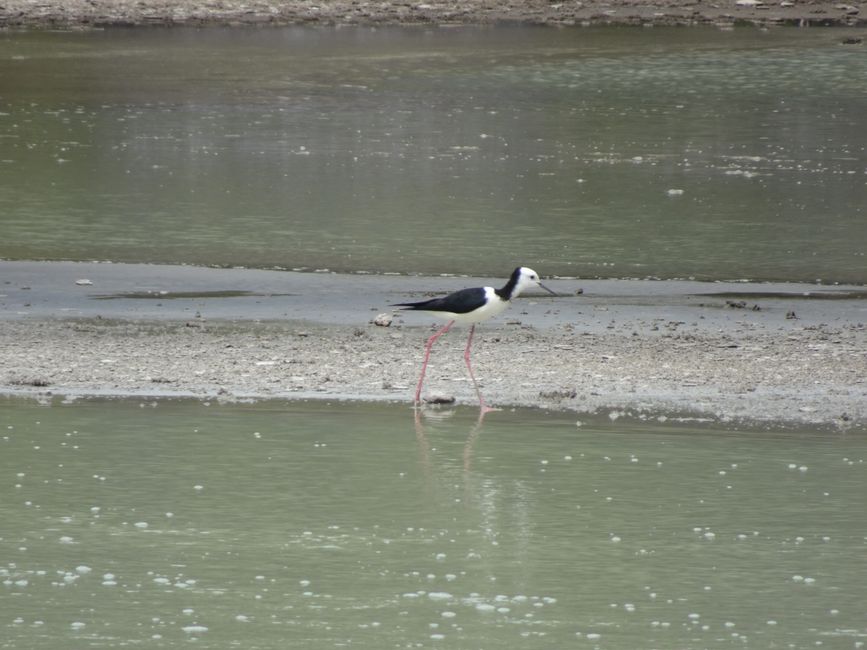
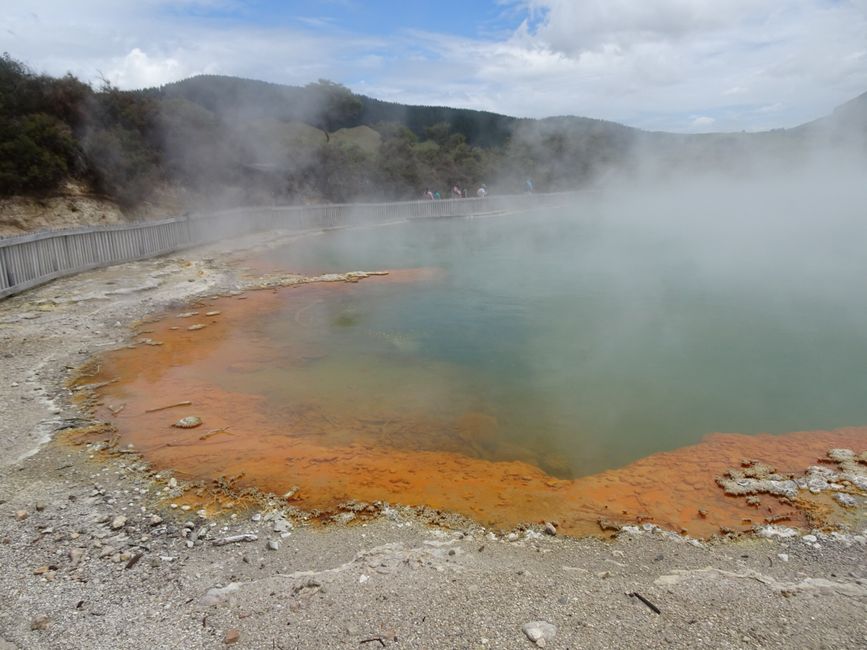
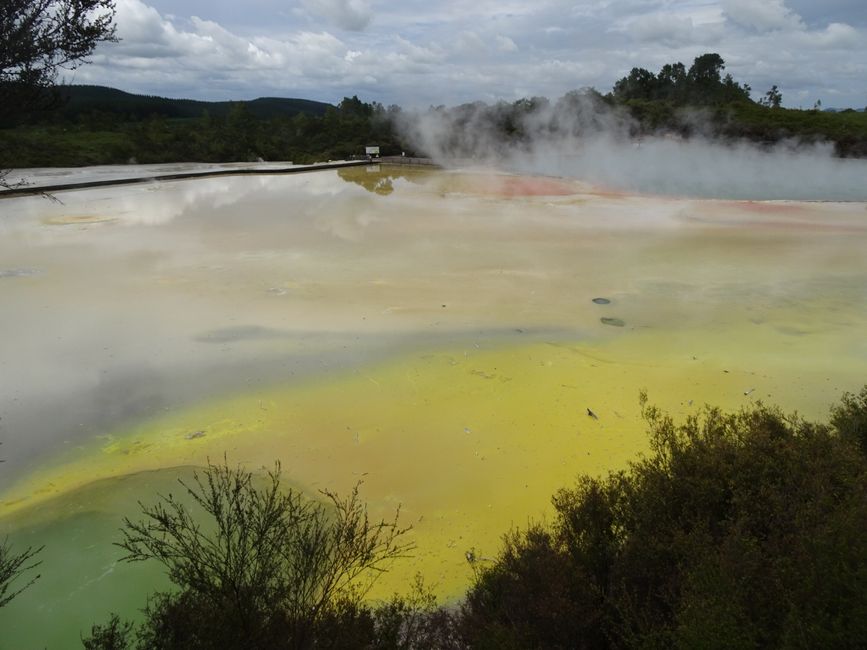
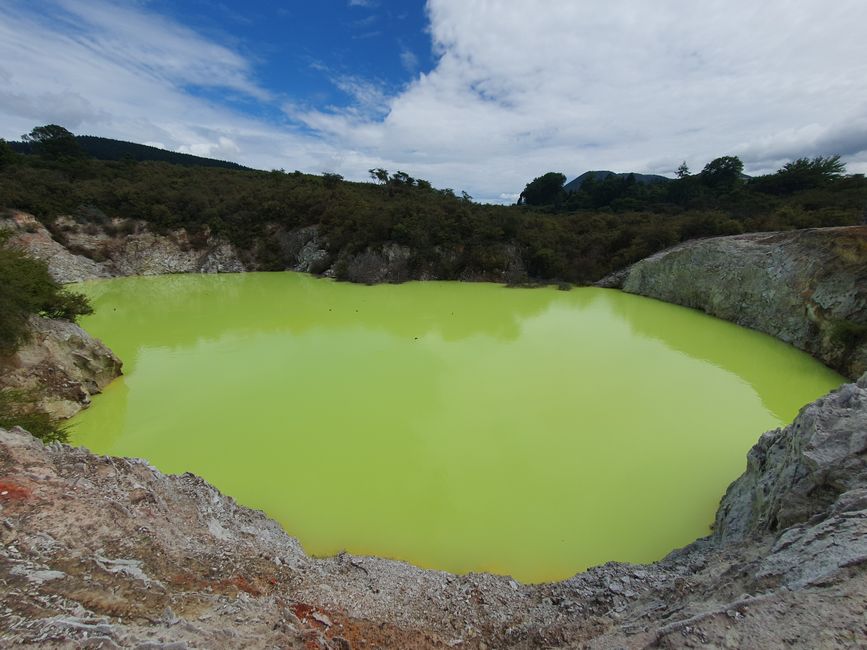
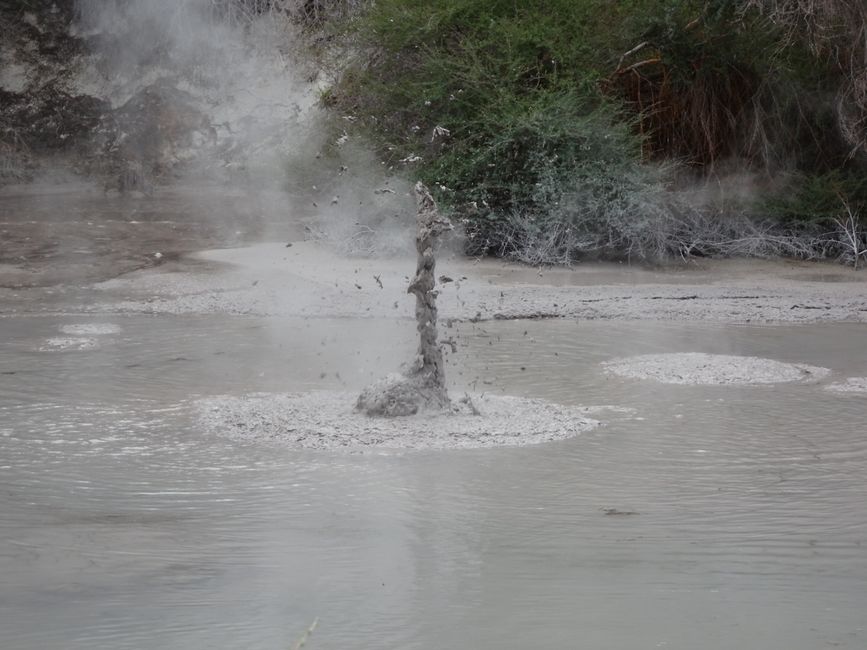
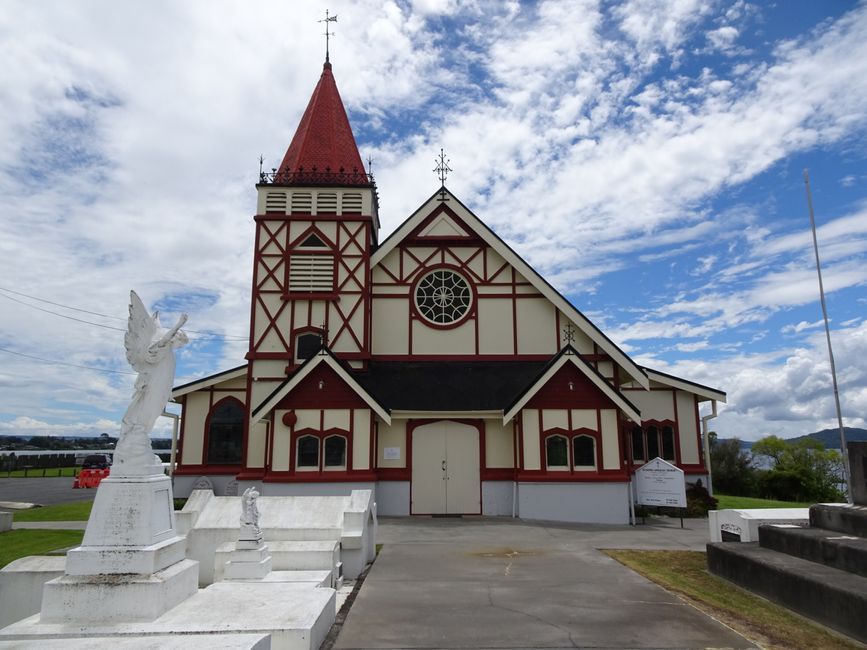
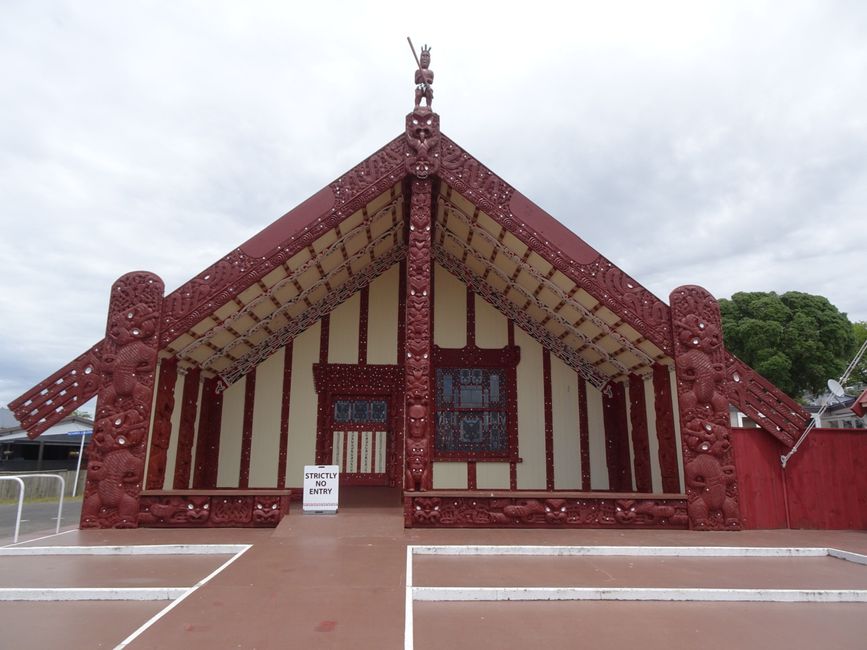
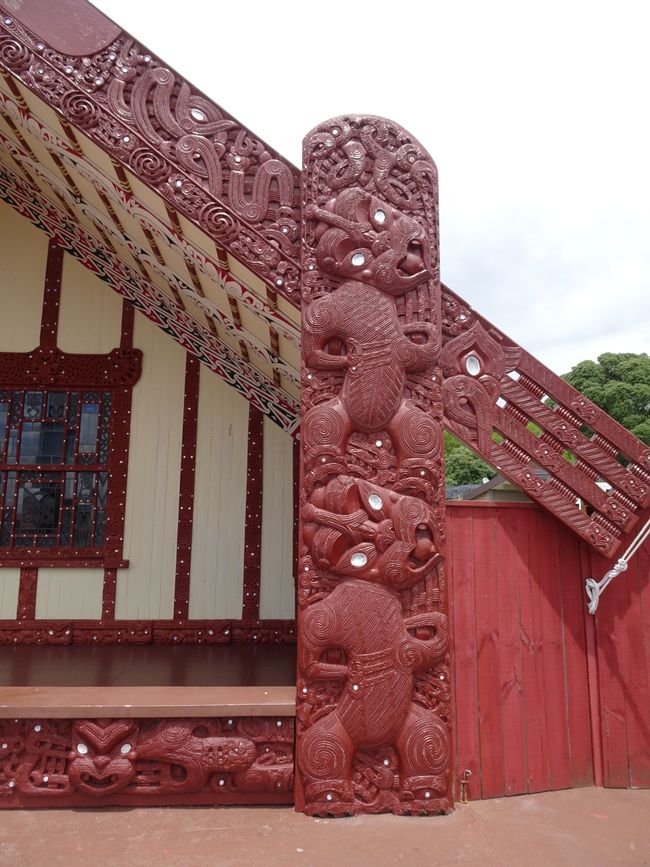
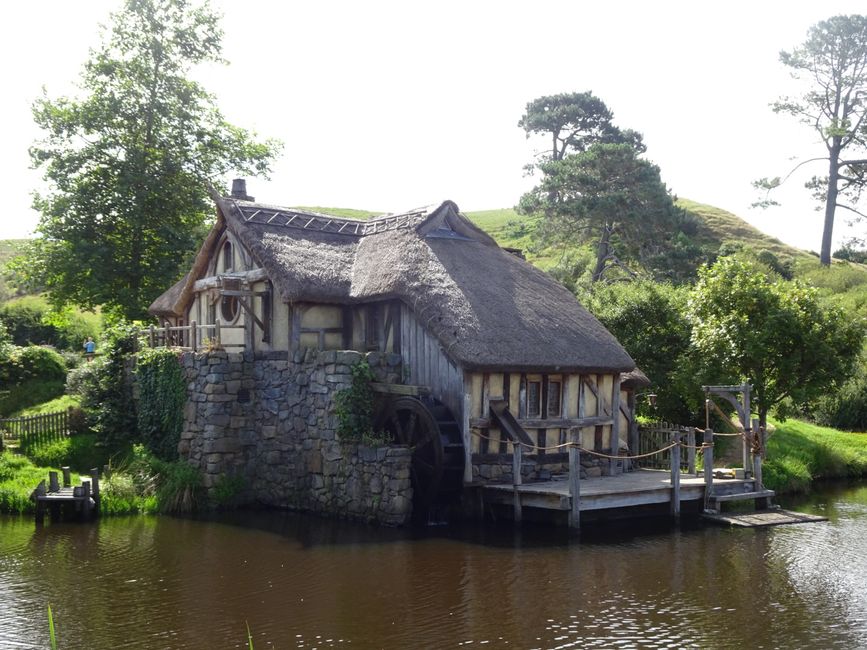
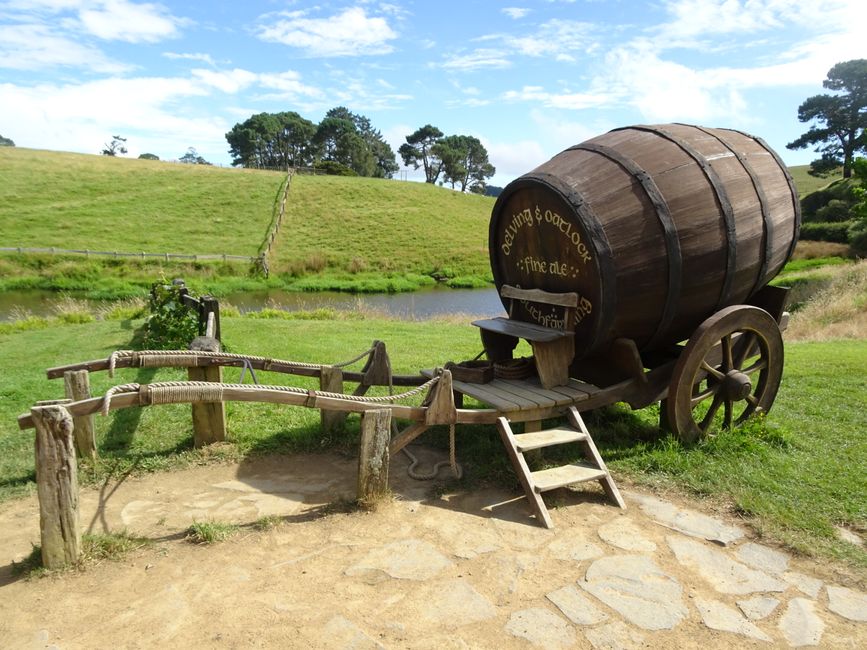
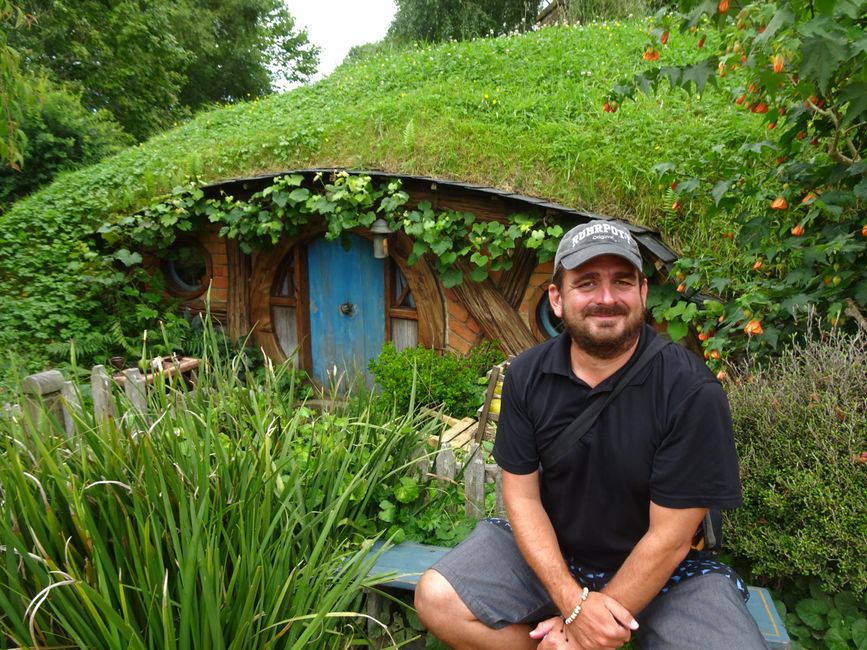
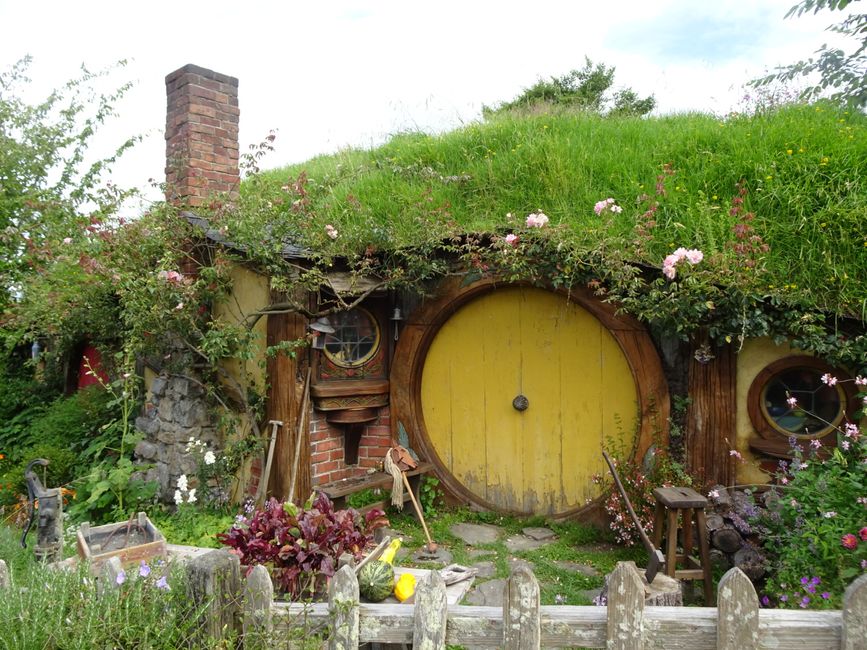
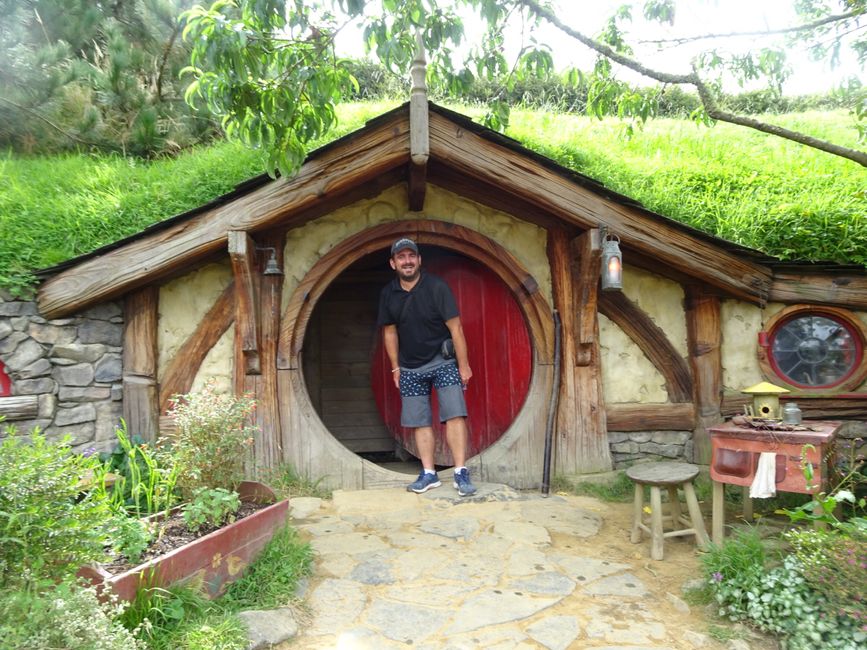
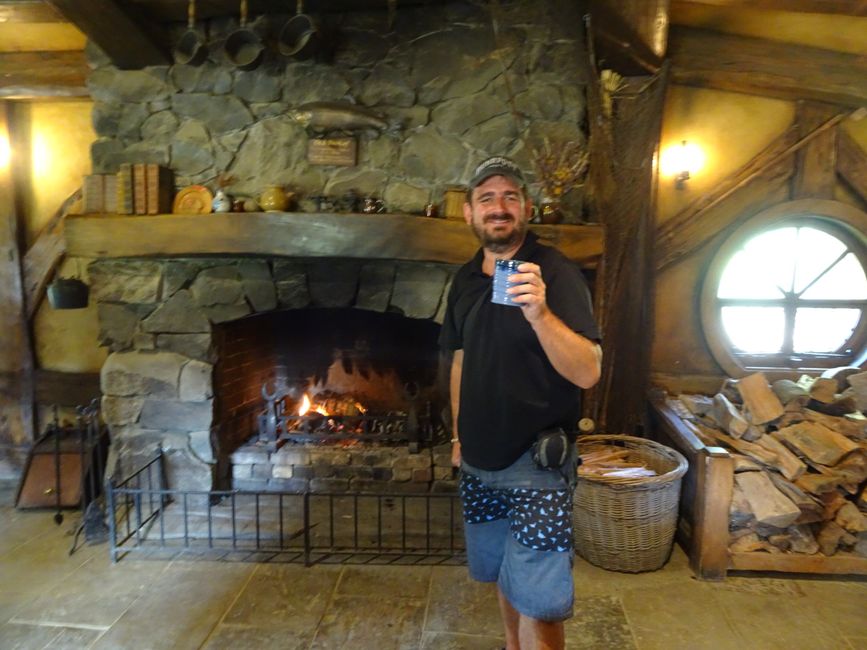
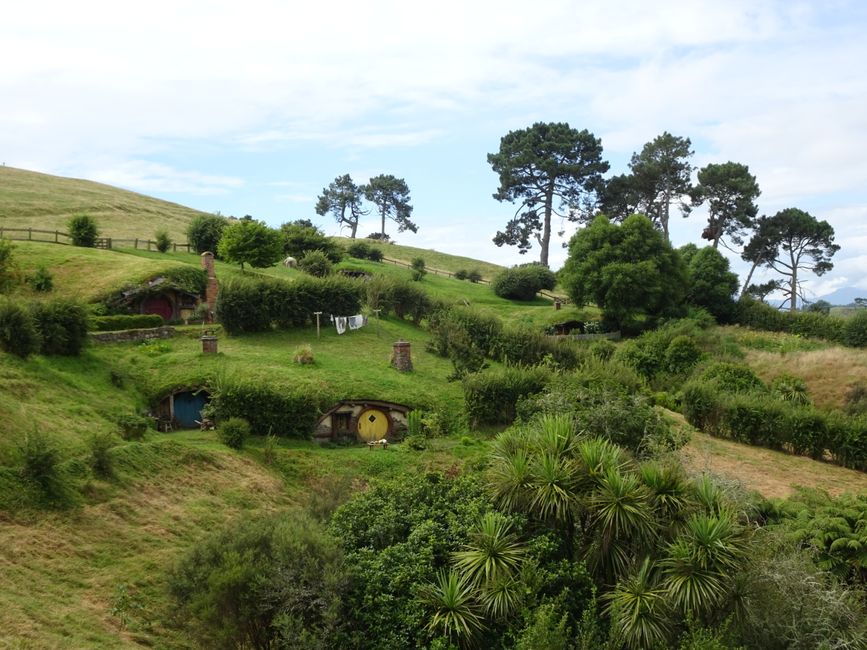
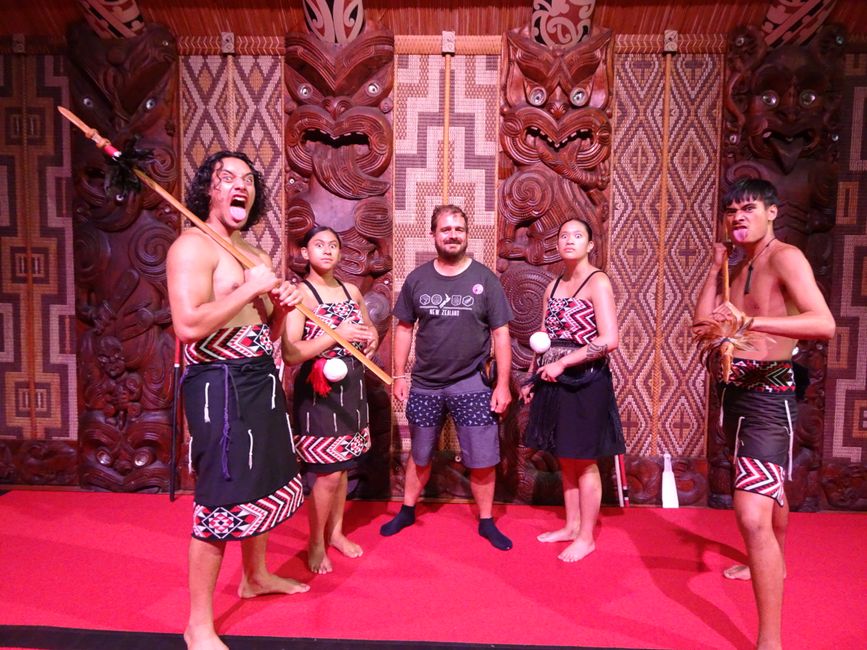
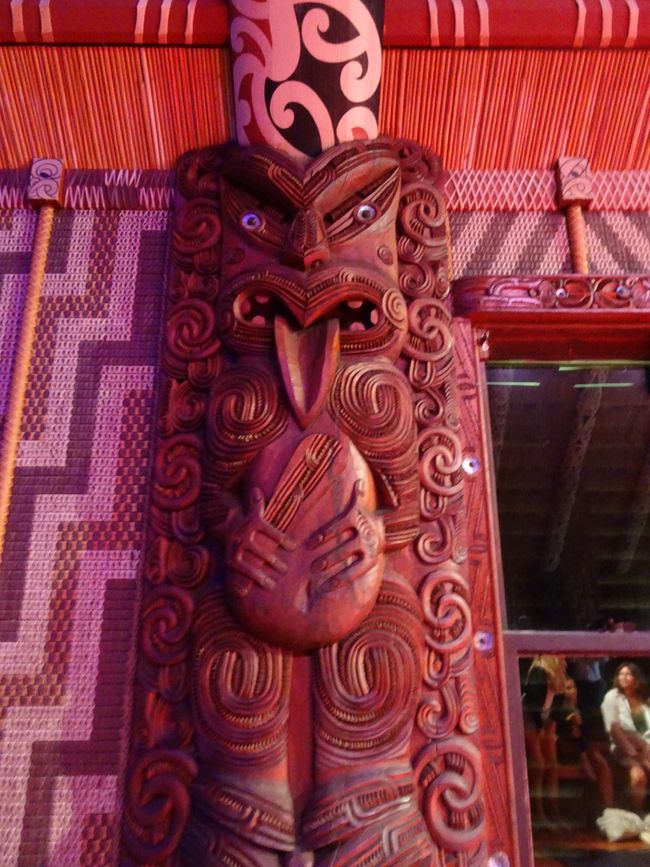
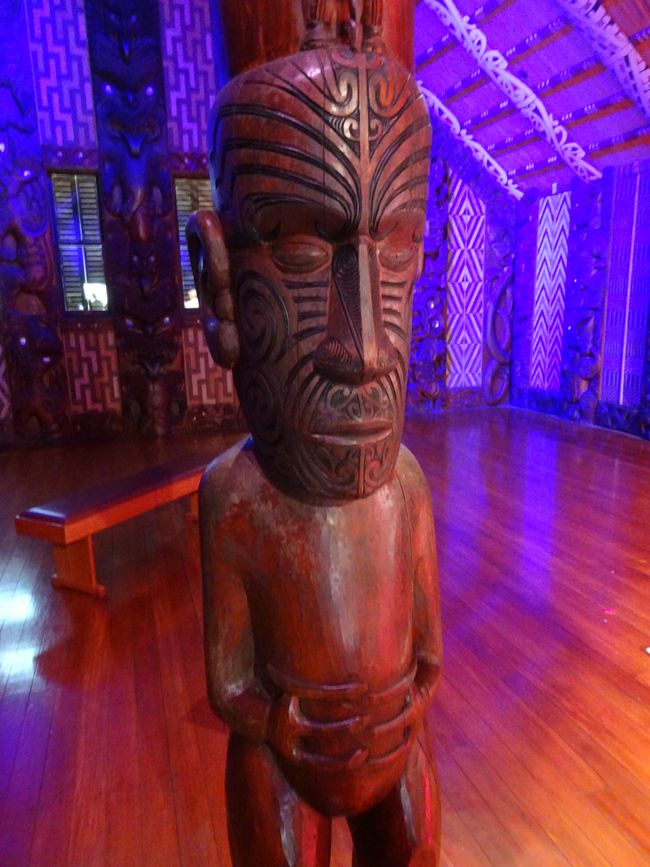
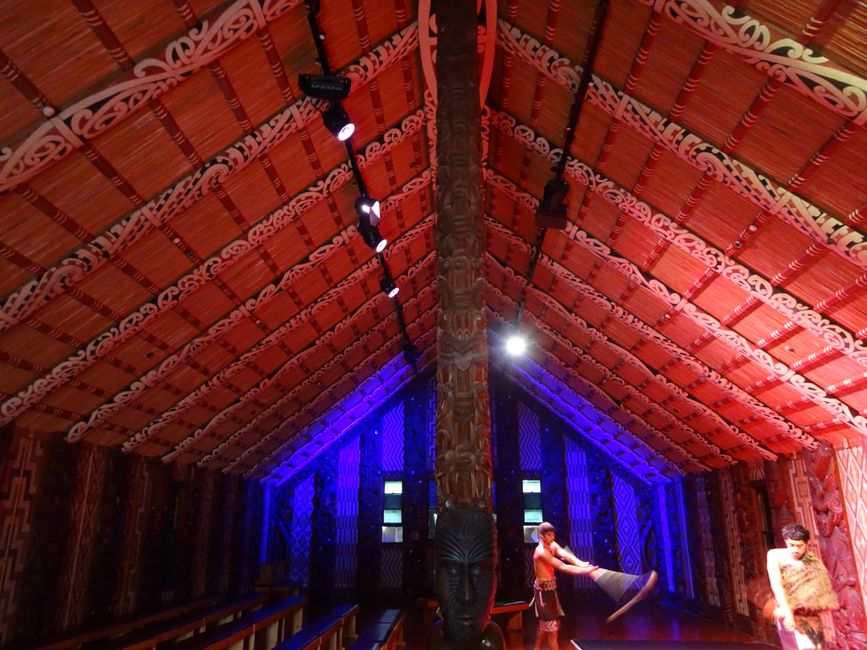
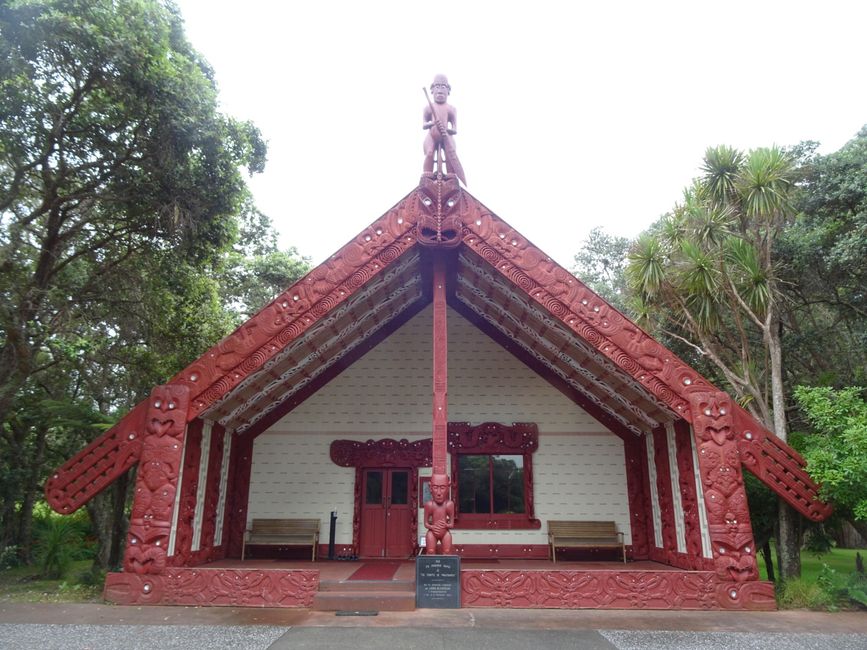
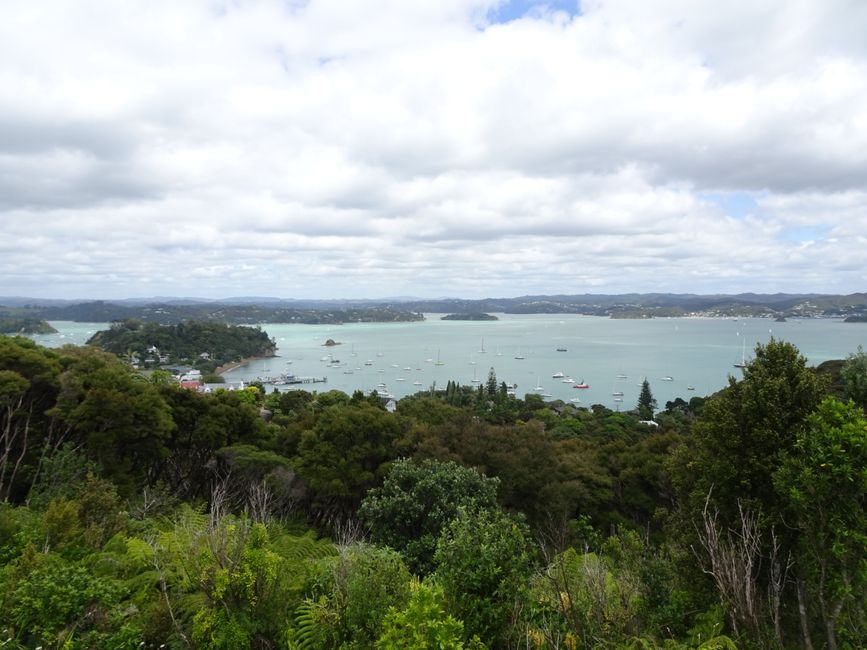
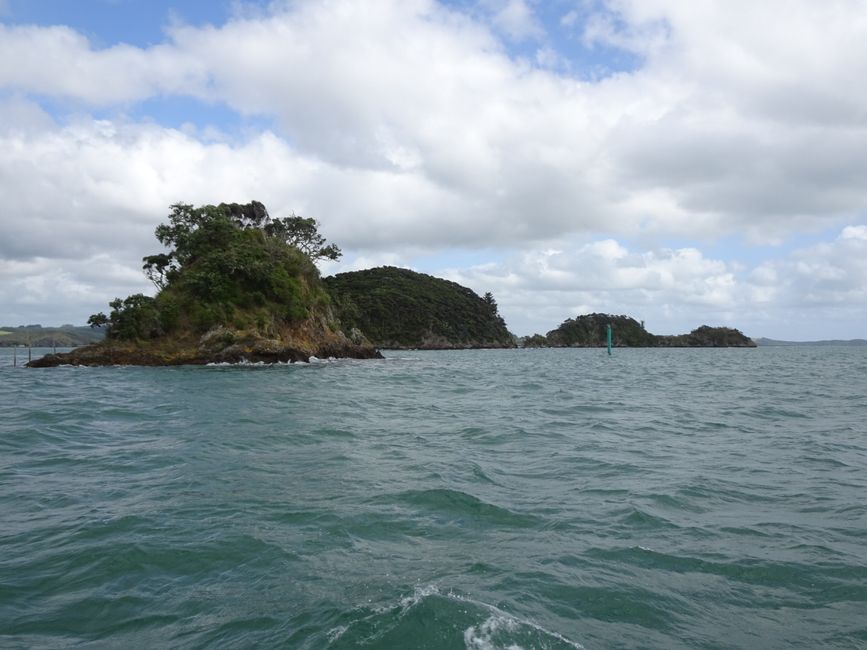
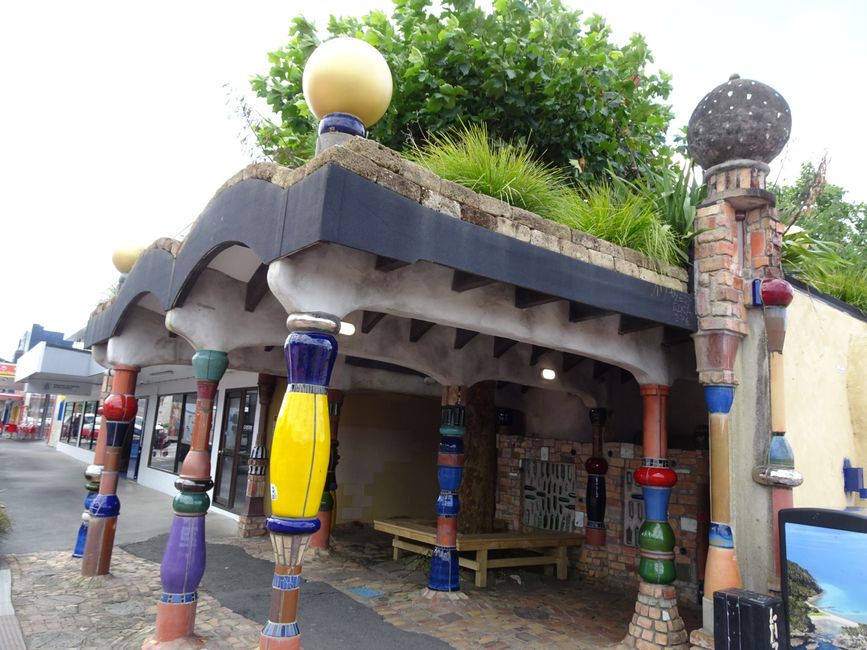
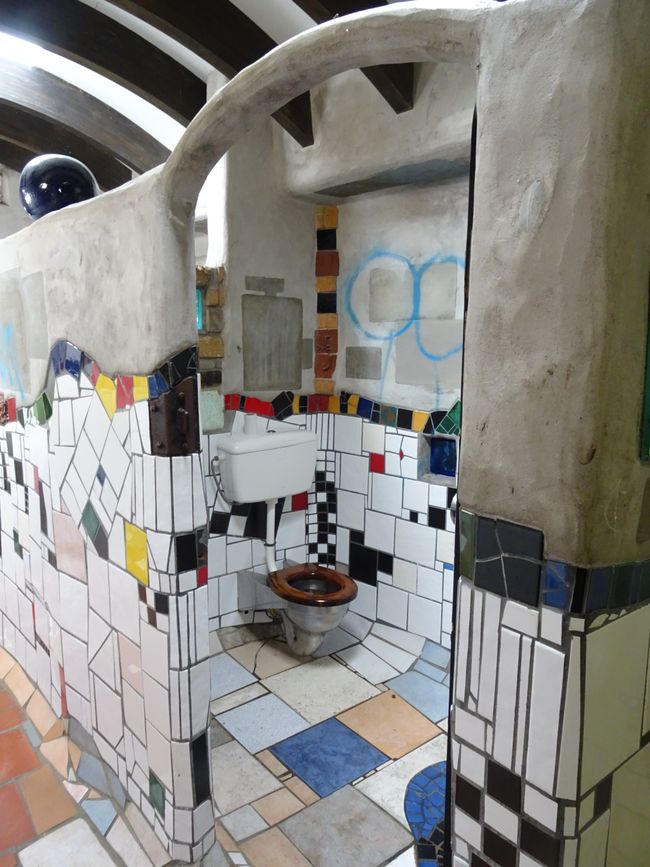
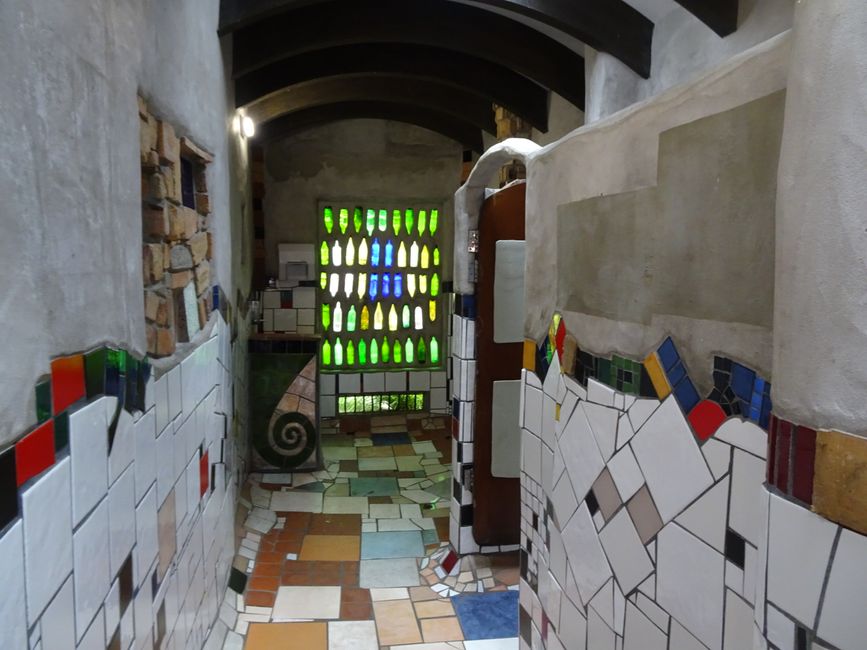
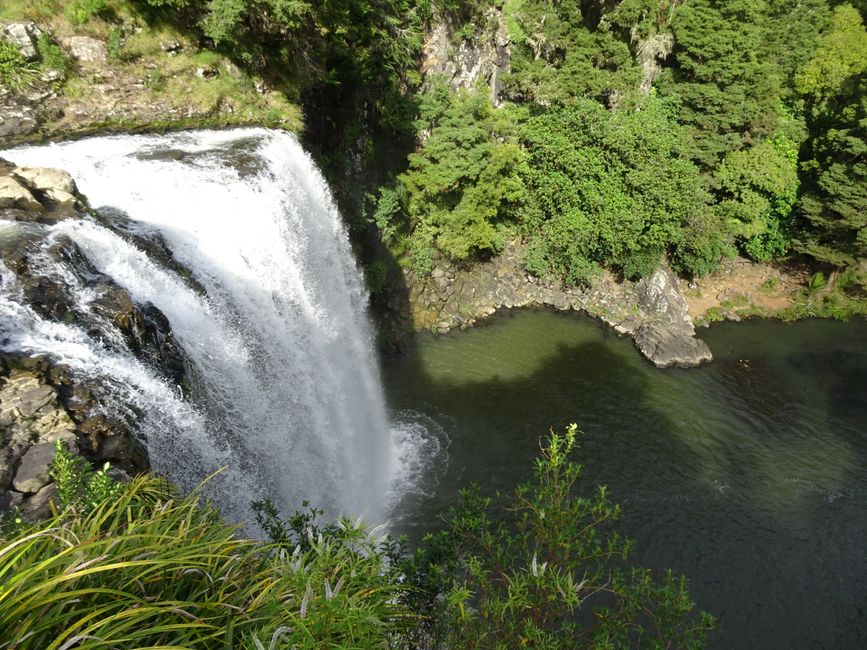
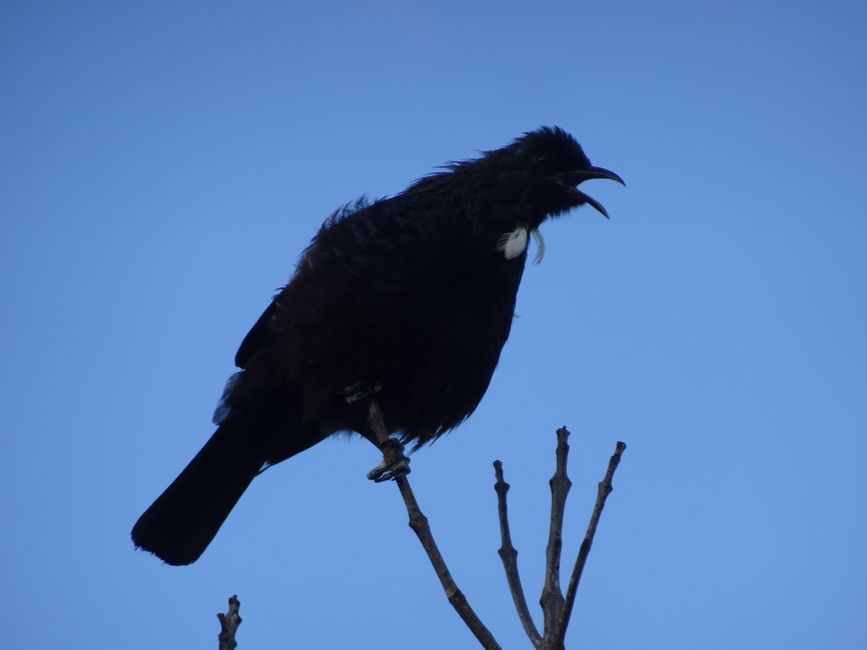
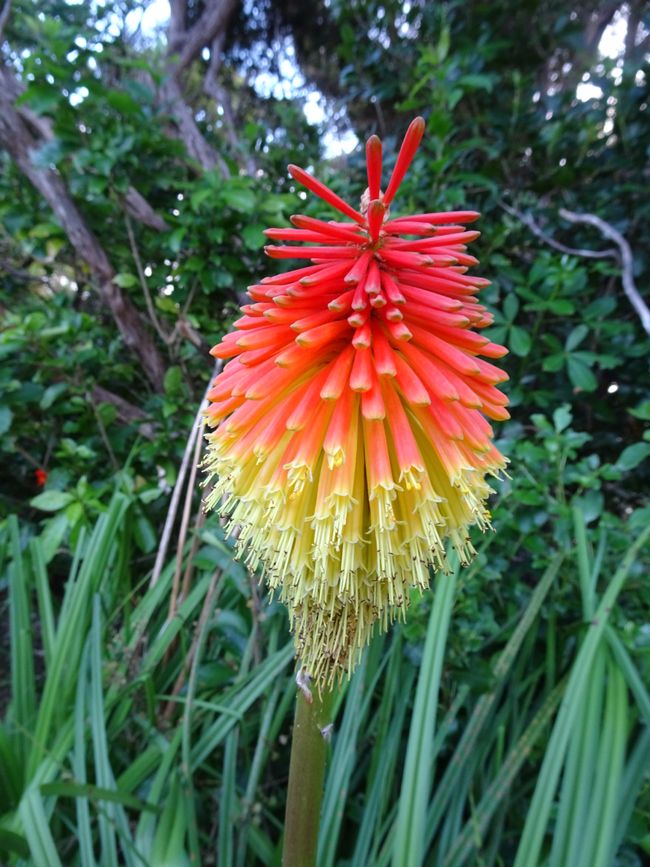
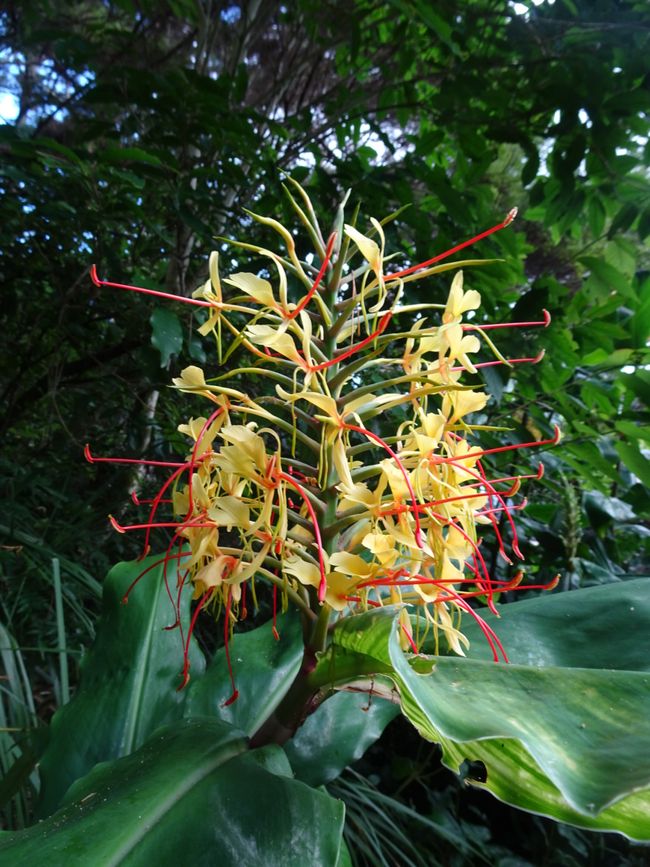
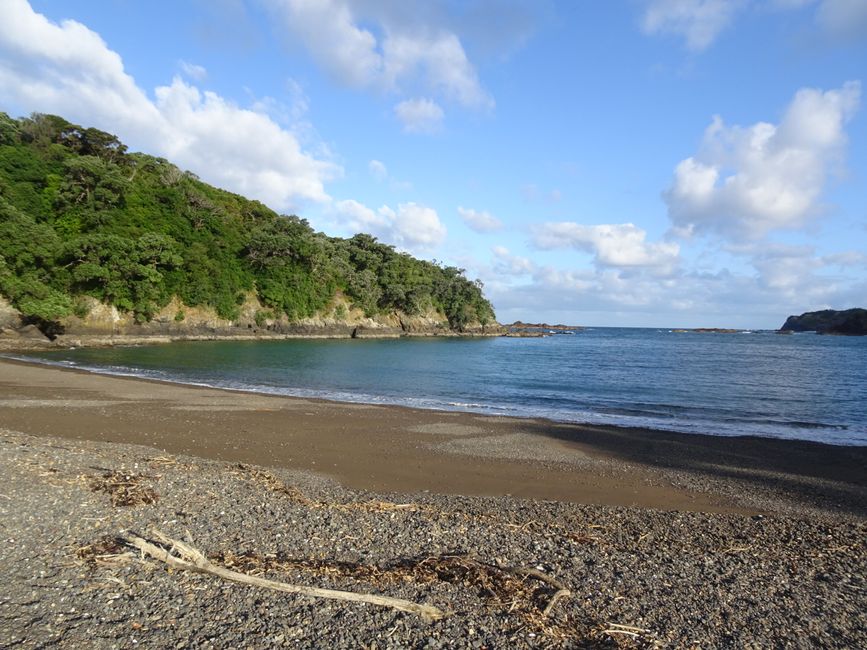
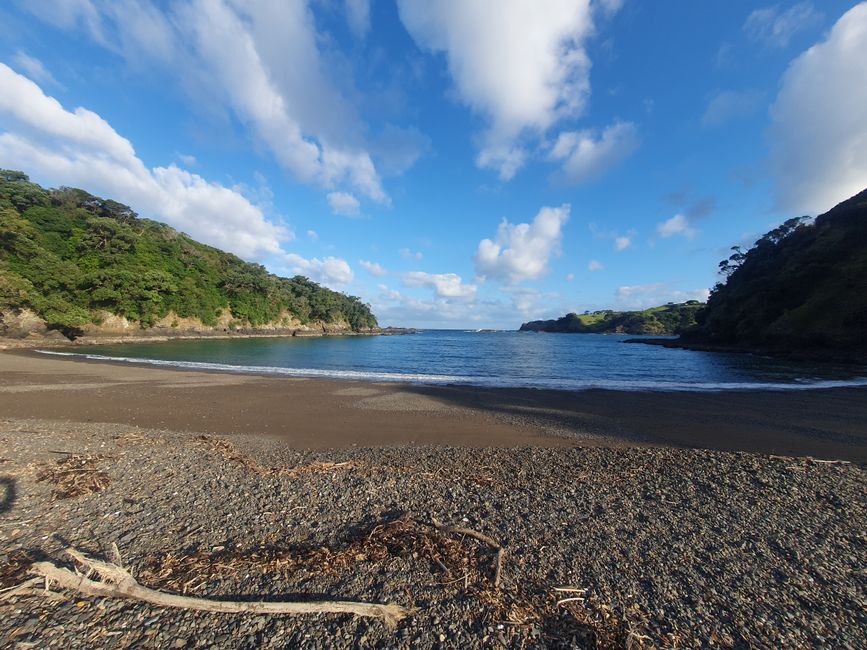
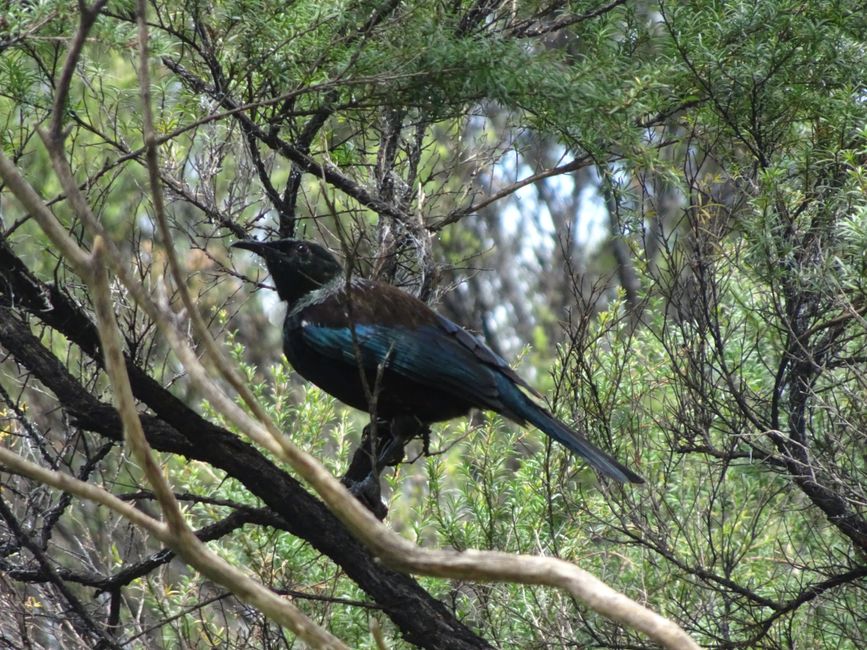
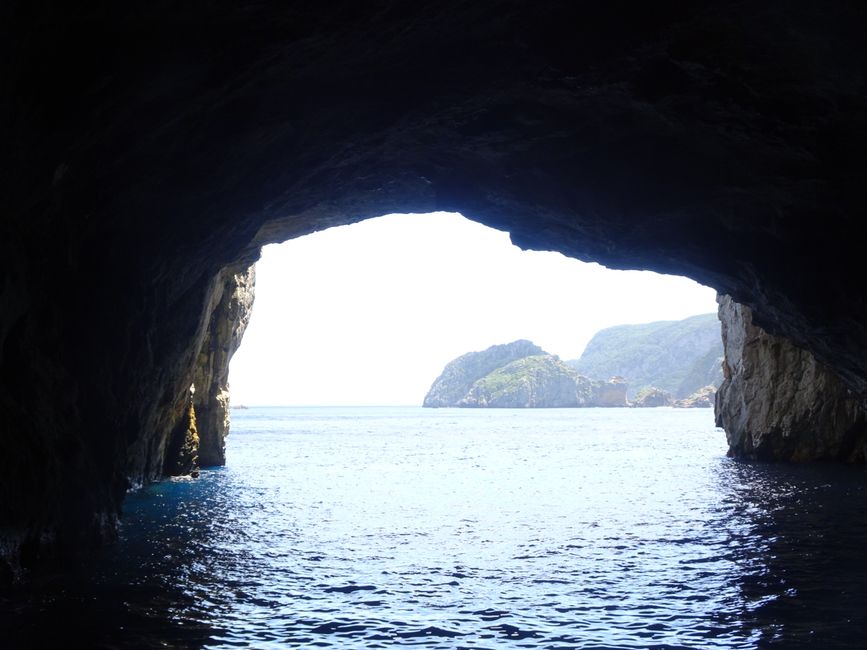
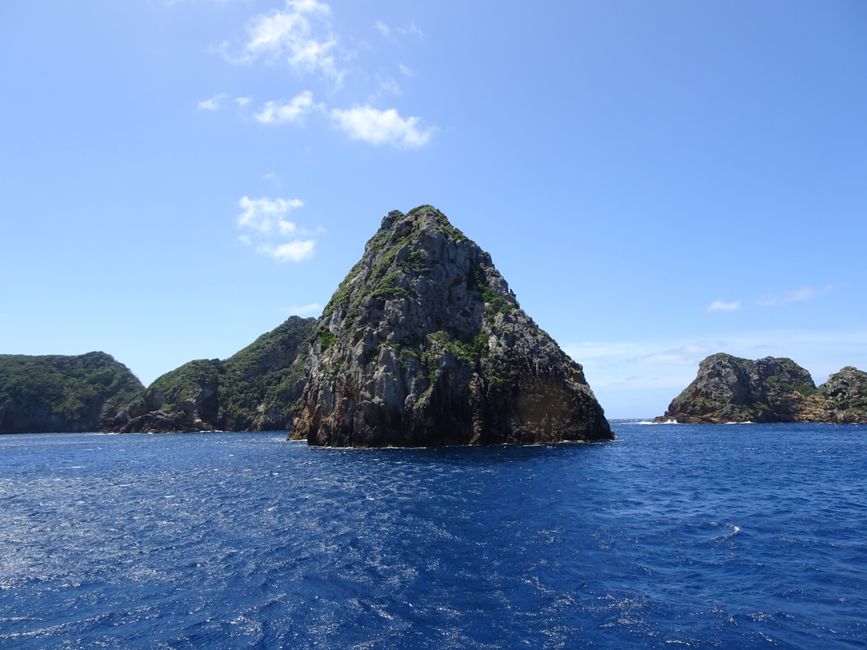
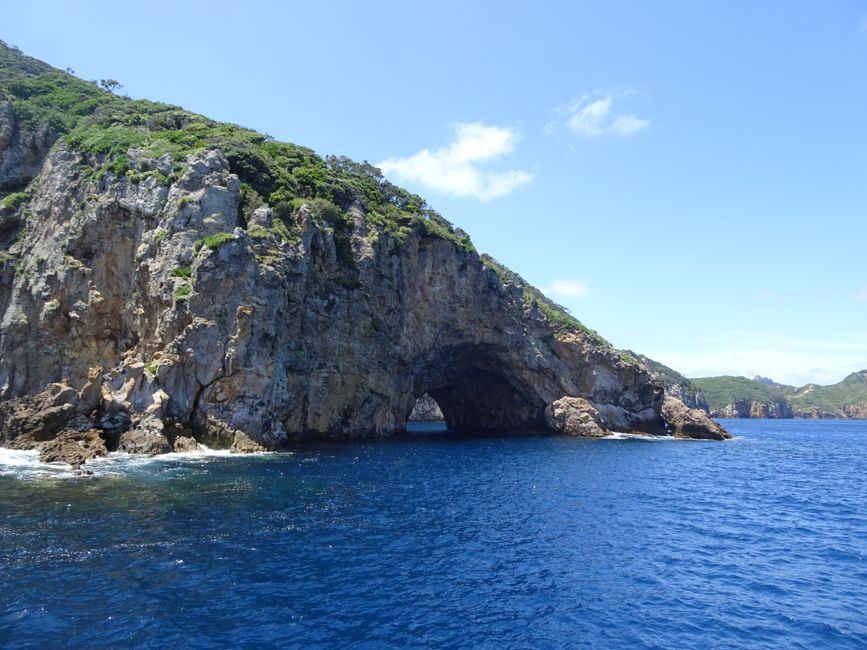
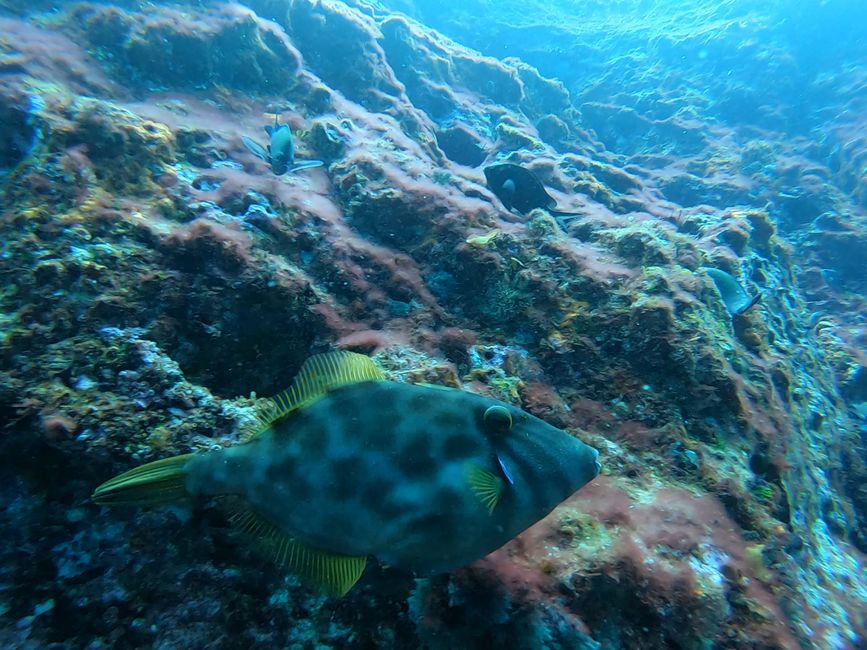
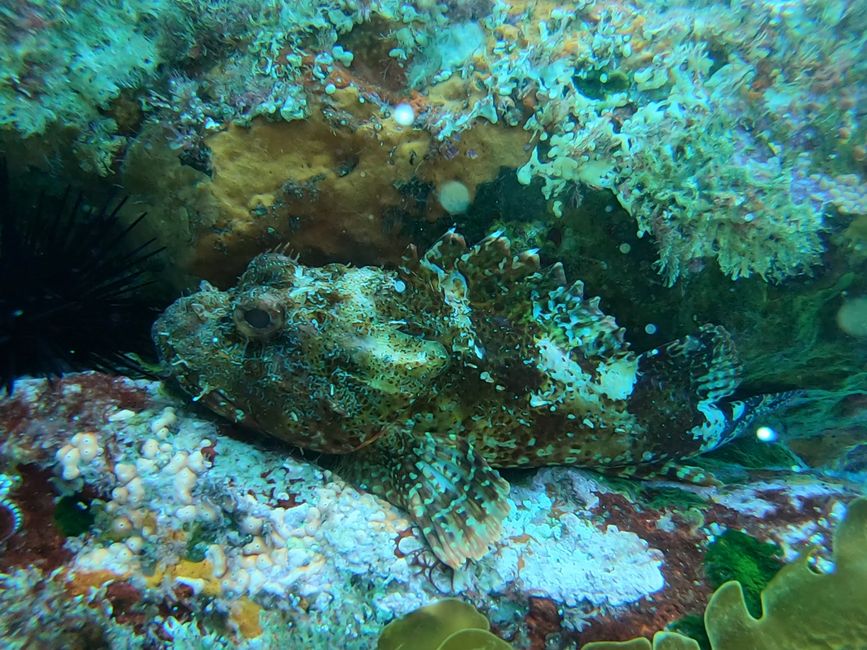
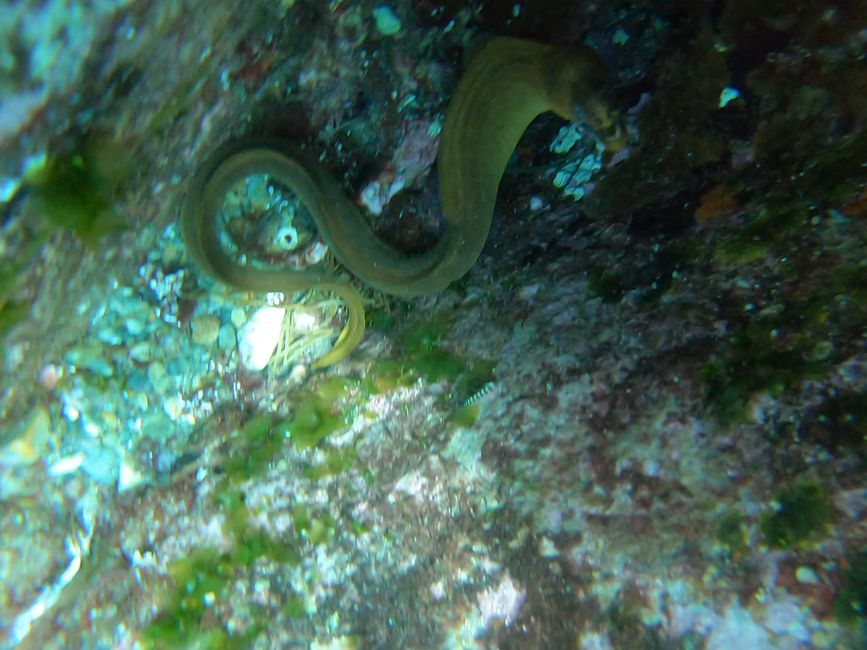
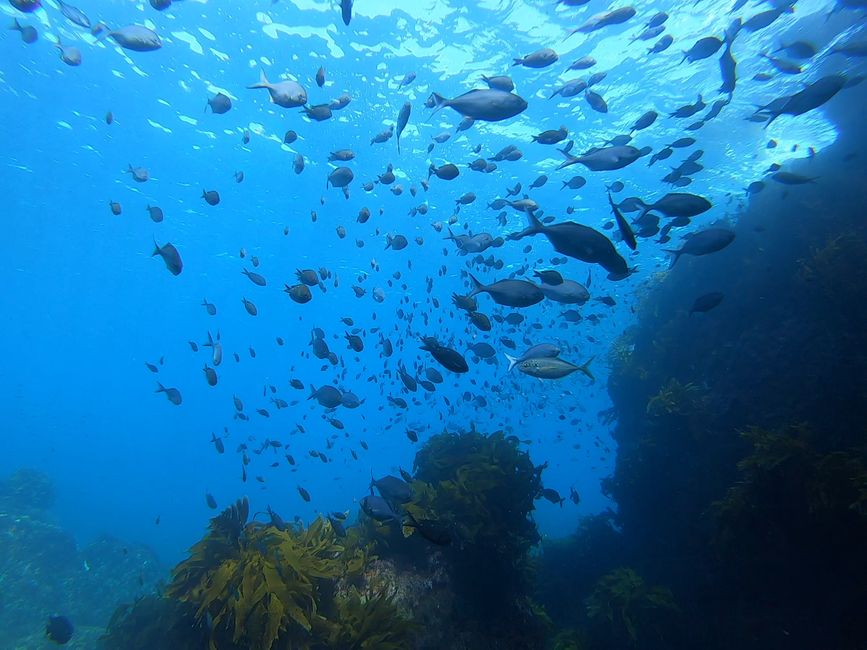
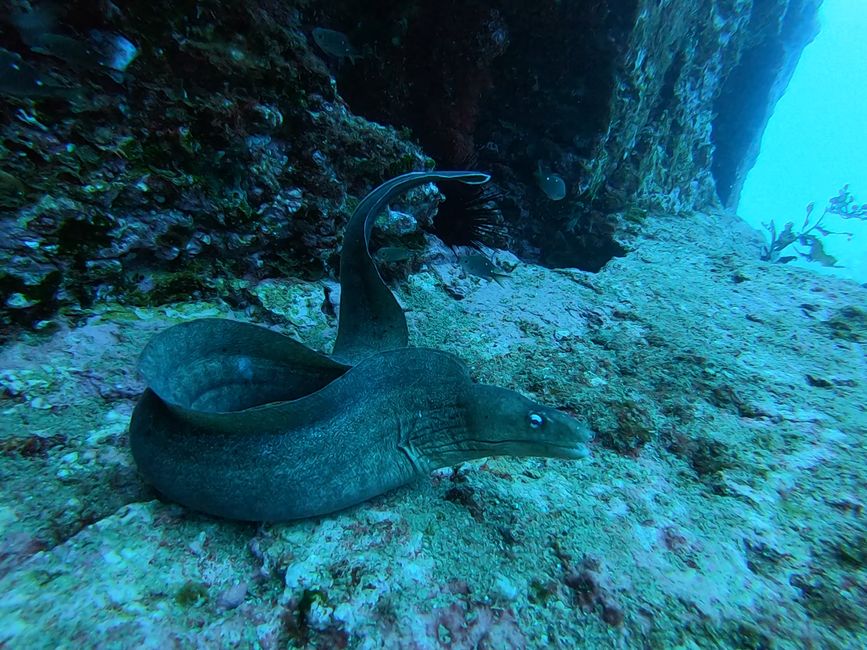
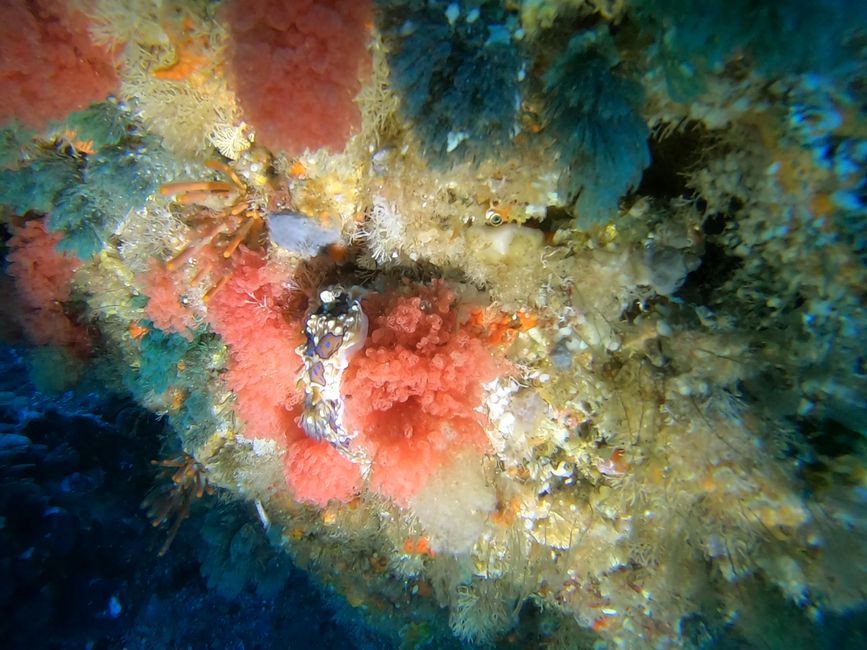
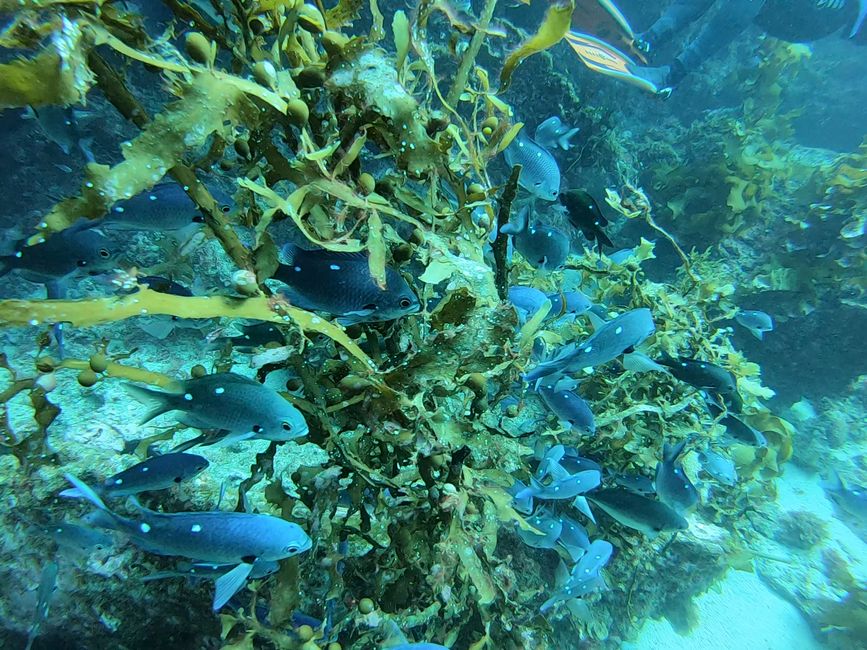
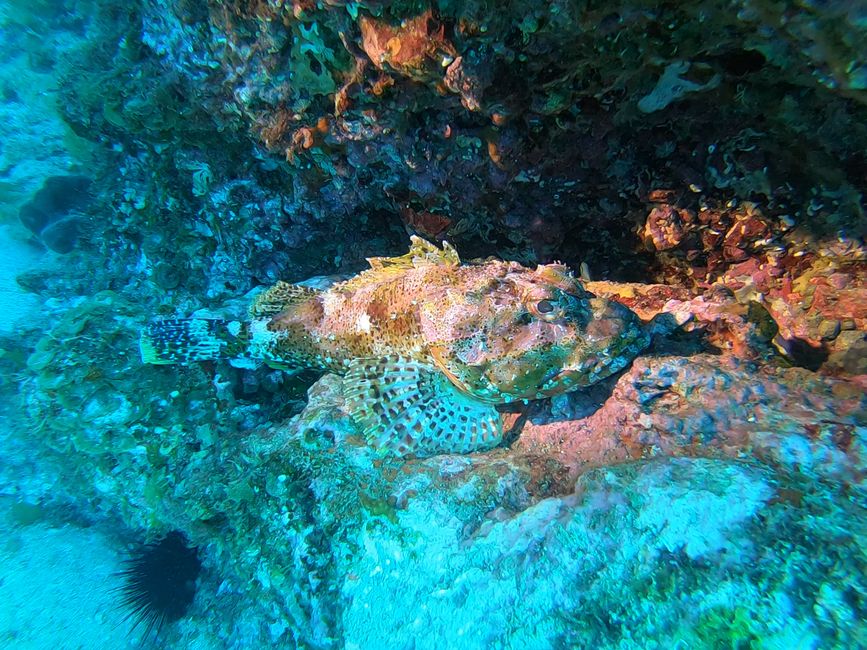
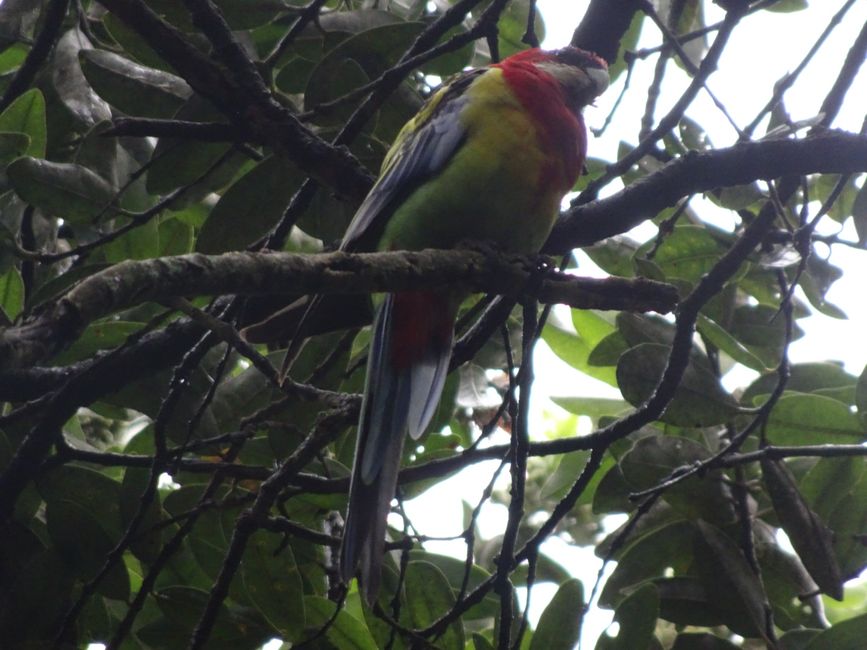
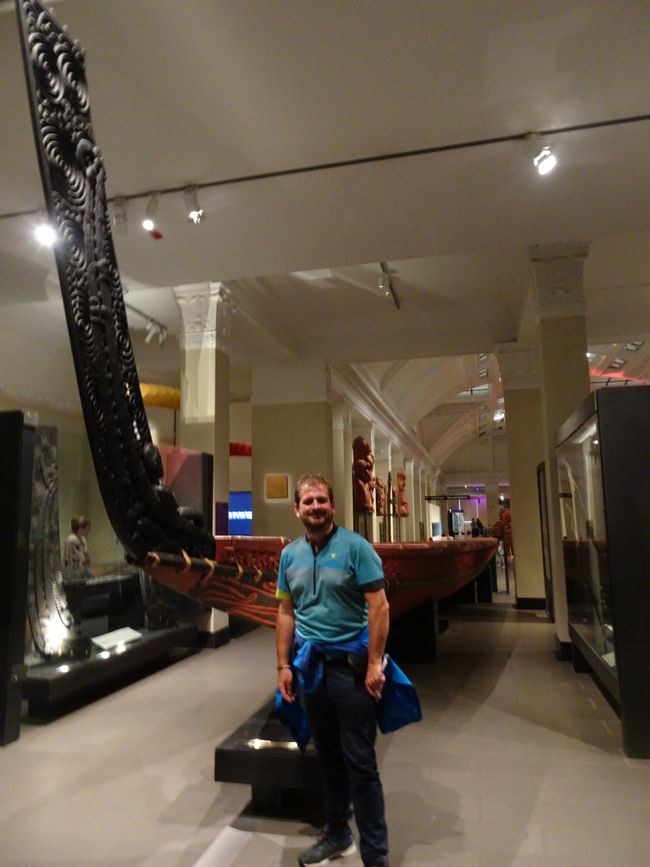
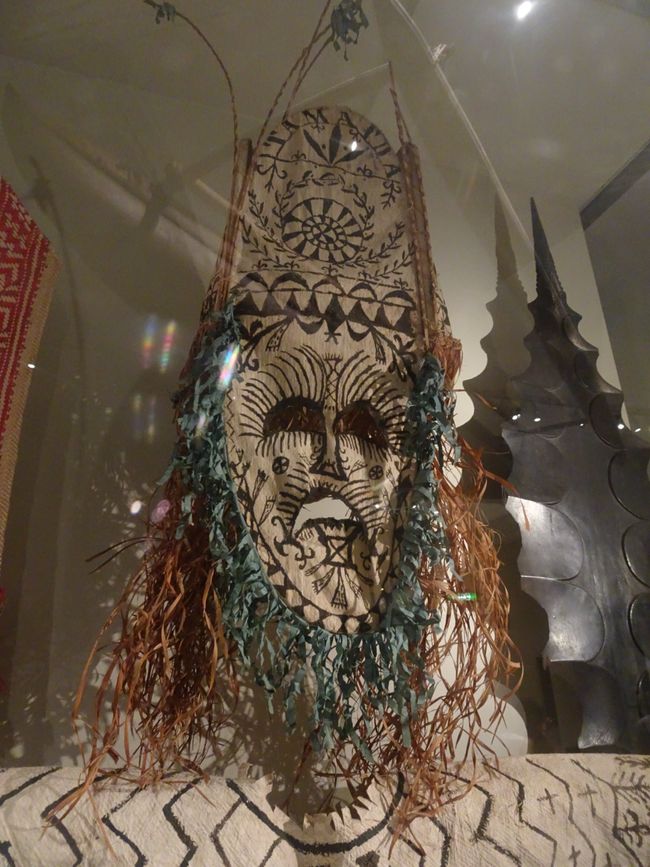
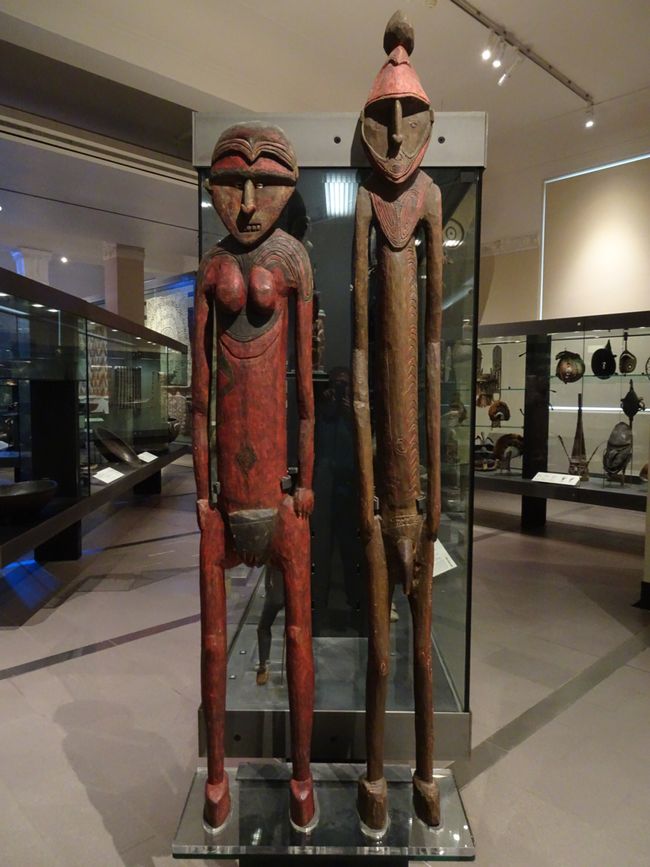
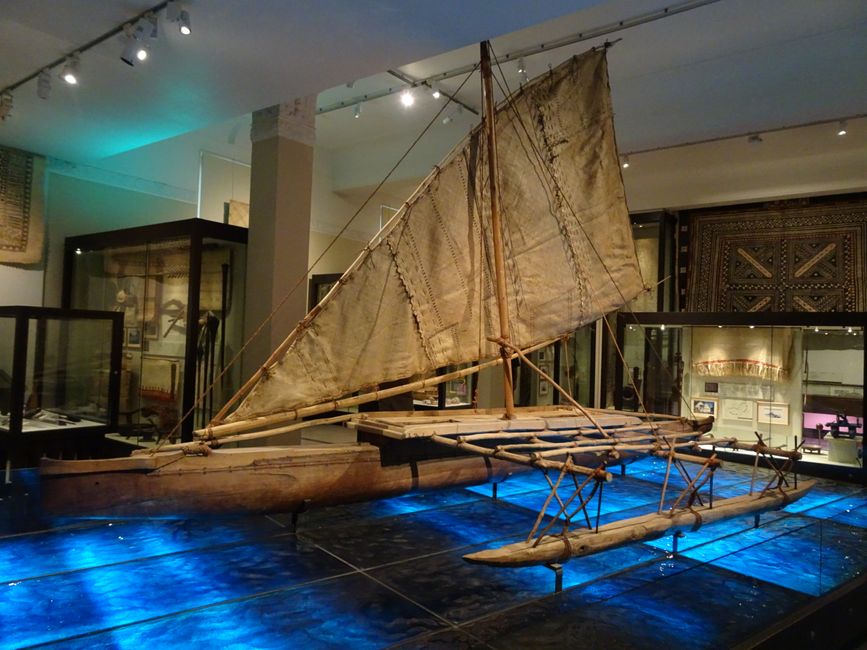
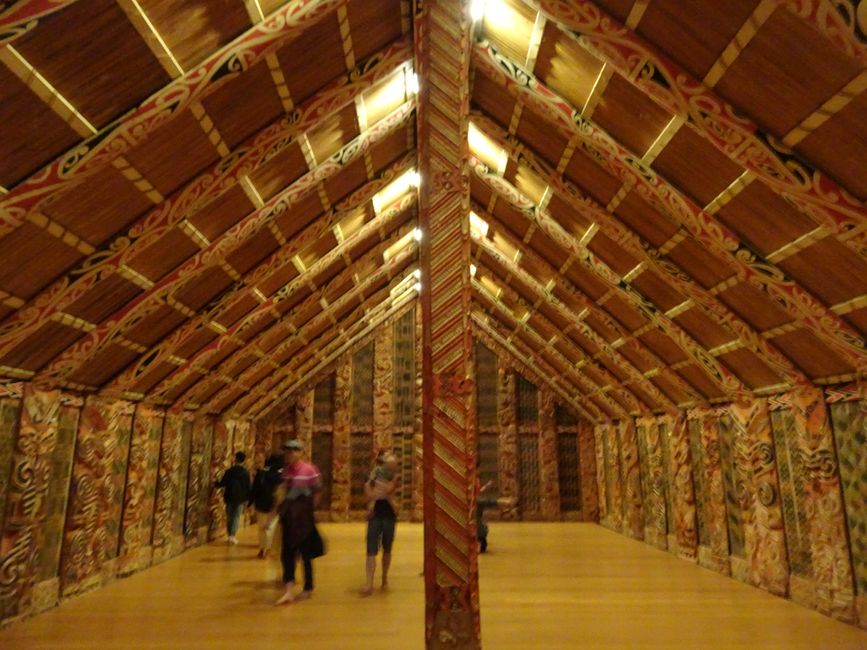
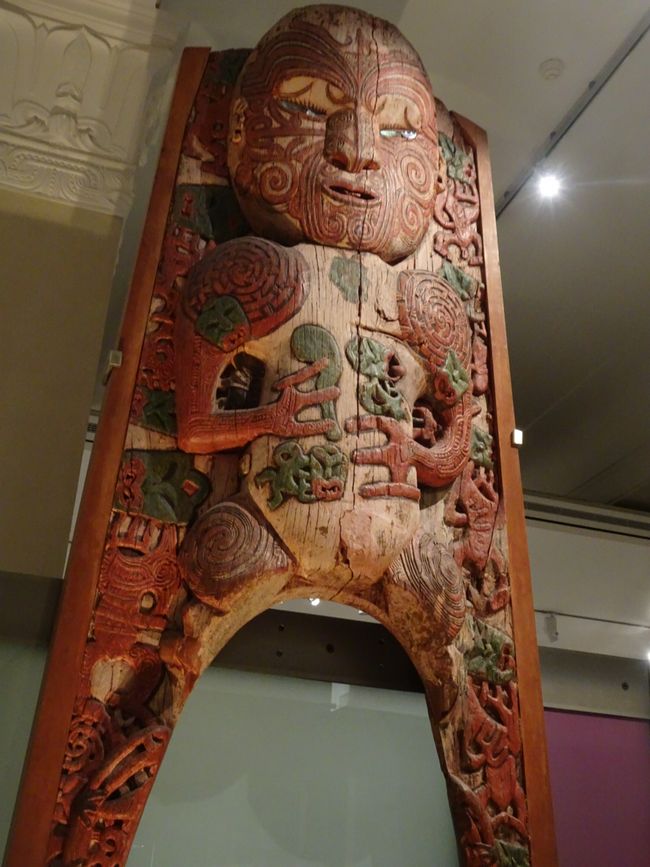
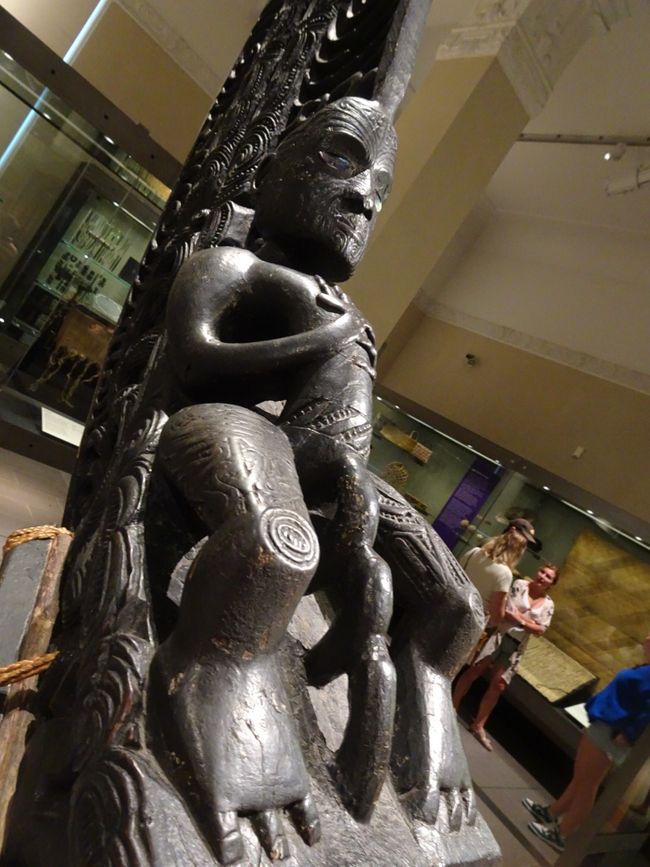
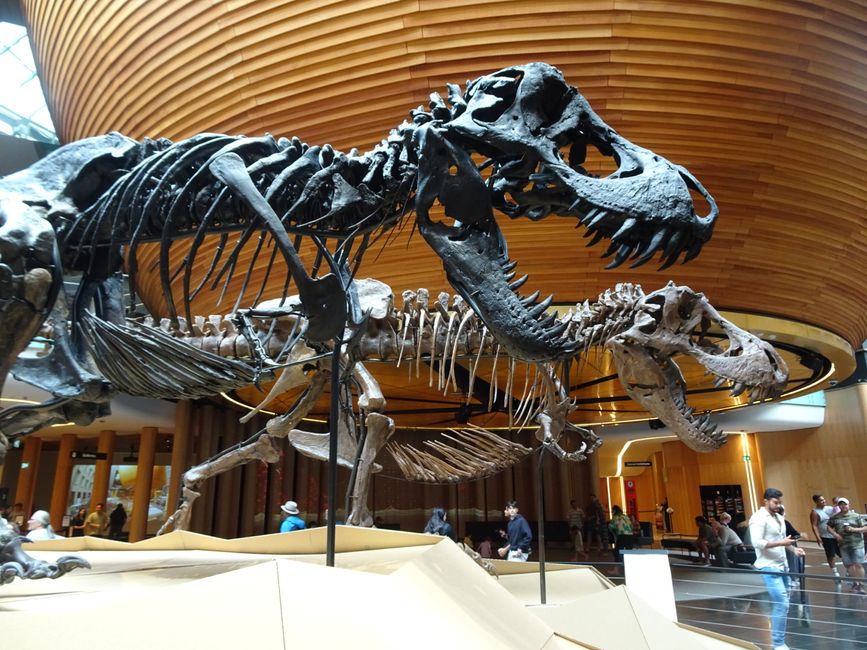
Nyorera kune Newsletter
So on 18th January, I took the ferry from Picton on the South Island to Wellington, the capital of New Zealand on the North Island. Everything went smoothly with my campervan, I just had to wait a bit before boarding the ferry. The first part of the journey was through the Marlborough Sounds, unfortunately it was cloudy and the view wasn't as spectacular as it could have been. After a three-hour journey, I arrived in Wellington where I explored the city and visited the excellent Te Papa museum. This museum covers the culture and nature of New Zealand as well as geology. For example, there is a house where an earthquake with a magnitude of 6.3 on the Richter scale is simulated (the same magnitude as the earthquake that destroyed Christchurch in 2011!). There is also a fascinating exhibition about the role of New Zealand soldiers in the Battle of Gallipoli in World War I. Overall, I had a very good impression of Wellington. Everything is very clean and well-maintained. I particularly liked Cuba Street and the waterfront promenade. In the early evening, I drove from Wellington along the west coast towards the north, where I spent the night at a campsite and took my first swim in the ocean on the North Island.
The next morning, I continued north, first along the coast and then inland to Tongariro National Park. I arrived there later than planned, even though I only made one stop for swimming and stopped less frequently for photography than on the South Island. This was mainly due to a section of the road that was dotted with roadworks. Tongariro National Park, the oldest national park in New Zealand, became famous as the filming location for 'The Lord of the Rings', as the scenes from Mordor, the realm of the evil ruler Sauron, were filmed there. The volcano Ngauruhoe, one of the three main volcanoes in the national park, had to serve as Mount Doom, where the Ring was forged and had to be destroyed. The Tongariro Crossing, one of the most famous day hikes in New Zealand, leads through this national park. I joined my two neighbors from the campsite, Lisa and Steffen from Bremen, on the following day. At the beginning, it was a gentle uphill walk to a waterfall, with Ngauruhoe always in view, and also the highest volcano of the national park, the snow-covered Ruhapehu, which is over 2700 meters high. Then it slowly got steeper. After reaching the highest point, it was a steep descent to several small lakes, the Emerald Lakes, until we finally reached the beautiful Blue Lake. From there, the path led into the valley in two and a half hours. The hike was really amazing and is one of my personal highlights in New Zealand. Afterwards, we took a short detour to Lake Rotoaira, and I then drove to 'Gollum's Pool', a waterfall that pours into a pool, another filming location from 'The Lord of the Rings'. The next day, I went on a shorter hike to Taranaki Falls in the morning. On the way there, I had a wonderful view of the volcanoes Ngauruhoe and Ruhapehu. Afterwards, I continued to Taupo, where I made a detour to the Huka Falls and visited the 'Craters of the Moon', a thermal area with steaming vents and mud fumaroles, and went swimming in Lake Taupo. I spent the night at a free campsite near the waterfalls.
On January 22nd, my first stop was the Wai-O-Tapu Thermal Wonderland, the most famous thermal springs in the region. Here, you can see lakes that have taken on the color of the chemicals dissolved in them. There are yellow lakes (sulfur), purple lakes (manganese), and green lakes (arsenic)! After that, I made a short stop in Rotorua, where I visited the Maori settlement of Ohinemutu. Unfortunately, the meeting house could not be visited from the inside and the church was locked. Afterwards, I drove to the vicinity of Matamata, where the scenes from the Shire in 'The Lord of the Rings' were filmed and the village of the Hobbits, Hobbiton, is lovingly maintained. In a not quite cheap guided tour, I was driven by bus through the 'Shire' with about 15 other visitors, then we walked through the village. Here, some Hobbit holes with front gardens have been faithfully recreated, and the gardens are still being planted to this day. Everything is perfectly maintained with great care and love. There is also a mill in the village and the inn 'The Green Dragon', where every visitor gets a free drink. Whether you really have to visit this place when traveling to New Zealand is debatable, but for every fan of Middle-earth, it is definitely a must! Afterwards, I spent the night at a campsite just two kilometers away from Hobbiton. Apparently, there was a gathering of Germans, and I spent the evening with 9 Germans, including two young couples with babies who were using their parental leave to travel New Zealand.
The next day, I unfortunately had a long drive ahead of me, through Hamilton and Auckland to the far north of New Zealand, to Waitangi in the Bay of Islands. Waitangi is the birthplace of modern New Zealand. The Treaty of Waitangi was signed there in 1840, clarifying the relationship between New Zealand and Great Britain and settling the ownership rights of the Maori, although the rights guaranteed to the Maori in the treaty were often disregarded in subsequent years. So on January 24th, I visited the Waitangi Treaty Grounds with the house where the treaty was signed, as well as two excellent museums. The entrance fee also included a guided tour of the grounds and a visit to a traditional Maori dance performance. Upon entering the beautiful meeting house, we had to remove our shoes. The following day, I took a boat trip across the Bay of Islands to Russell, where I treated myself to fish and chips and went swimming at the beach. Afterwards, I went to Tukutaka, a coastal town about 80 km further south. On the way there, I made two stops, first in Kawakawa, where the artist Friedensreich Hundertwasser lived for a while and where he is also buried. The main attraction of the town is the public toilets designed by him. I also stopped at the impressive Whangarei Falls. When I arrived in Tukutaka, I discovered the most beautiful beach I have seen in New Zealand during an evening walk. On January 26th, I did two dives at the Poor Knights Islands, a group of islands about 20 km off the mainland, which are considered the best diving area in New Zealand. Jacques Cousteau even referred to these islands as the best subtropical diving area in the world. And I was not disappointed! The underwater world was truly fascinating and the visibility was fantastic. The first dive was particularly beautiful because the sun made the colors even more picturesque. Unfortunately, it was cloudy during the second dive, and it started raining on the way back. It rained heavily throughout the night. So on January 27th, I drove about 200 km to Auckland in terrible weather, where I wanted to spend my last night in my campervan directly at the rental car company's parking lot in order to fly to the Fiji Islands the next day. The closer I got to Auckland, the heavier the rain became. When I arrived in Auckland, I first went to a supermarket and ate at an Indian fast food restaurant in the nearby shopping mall. I got completely soaked on the short way back to the car. The journey to the rental car company proved difficult as many roads were closed due to flooding and traffic was congested on the other roads. I finally arrived there at ten o'clock in the evening, having left the shopping center 15 km away at half past seven! After a short night, I learned that the terminal for international flights had been flooded during the night and my flight, like all the others, had to be cancelled. I tried to reach Air New Zealand by phone, as recommended online. After an hour and a half on hold, I gave up and decided to drive to the airport to find a contact person there. The terminal had reopened and was being cleaned, but no airline staff were present. I waited with hundreds of other passengers. When personnel finally arrived after three hours, we were only told that we had to be patient, no one could say at the moment when there would be flights again. In the afternoon, I decided not to wait any longer and changed my flight to the 30th of January, so I had to stay in Auckland for another two days. I took the bus to the city center. There was no sign of the flood catastrophe in the city center. As I learned, almost as much rain fell in parts of Auckland in one day as in an entire summer. At least three people died. I checked into a hostel where unfortunately I could only stay for one night as it was fully booked for the following night. In the afternoon, I visited the city center as the weather continued to improve. Auckland is by far the largest city in New Zealand with approximately 1.5 million inhabitants. It is relatively thinly populated and about the same size as London in terms of area. The city itself has no extraordinary sights apart from the magnificent Auckland Museum, but it has atmosphere and is very pleasant and livable. Auckland is multicultural, with nearly 40% of the population being born abroad. The next day, the weather was unfortunately bad again, but that didn't matter to me as I visited the Auckland Museum, which has fantastic exhibitions on the Maori and the Pacific Island world, as well as two complete Tyrannosaurus Rex skeletons named Peter and Barbara. Afterwards, I moved my backpack from one hostel to another, where I spent the last night.
Overall, I had 5 fantastic weeks in New Zealand. It was great to be completely independent for a month with the campervan. There is probably no better country to get used to driving on the left side of the road, as there is usually very little traffic on the good roads. The people here are doing well, they are hospitable and open-minded. I have not experienced such friendly people in any other wealthy country before. New Zealand has a magnificent nature with stunning landscapes. The disadvantage in this country is clearly the high prices, especially for excursions or activities like bungee jumping, skydiving or rafting, which is why many tourists come to New Zealand. Diving is also very expensive. In addition, the high prices for food. On the other hand, camping is relatively cheap if you avoid the expensive holiday parks. All national parks and many museums are free! My travel budget was particularly strained here because I was traveling alone and therefore had to pay for the campervan and fuel on my own. Although I didn't see everything I was interested in during these five weeks, I feel like I have gotten to know this beautiful country extensively.
Nyorera kune Newsletter
Pindura

Mishumo yekufambisa Nyuzirendi
